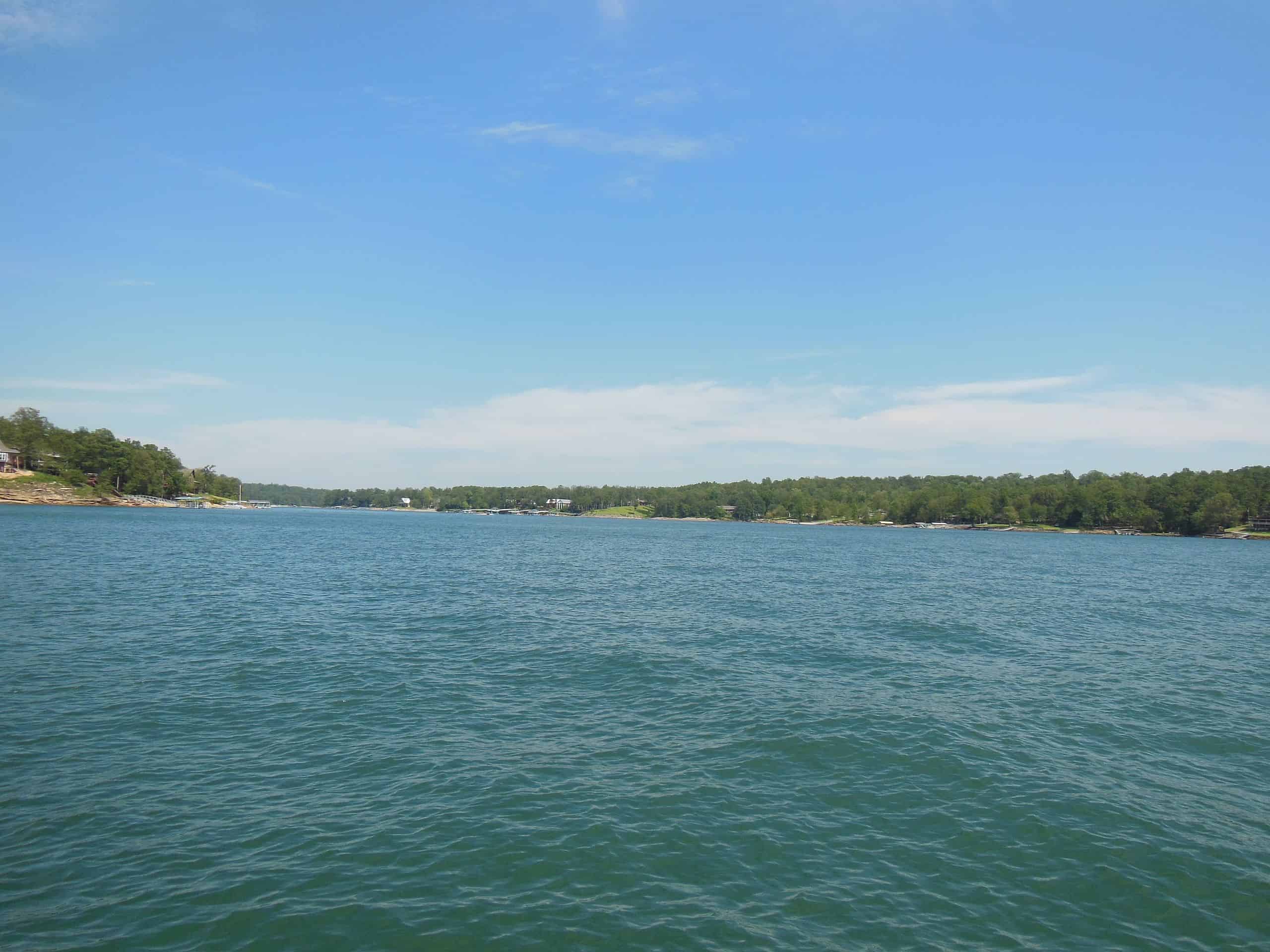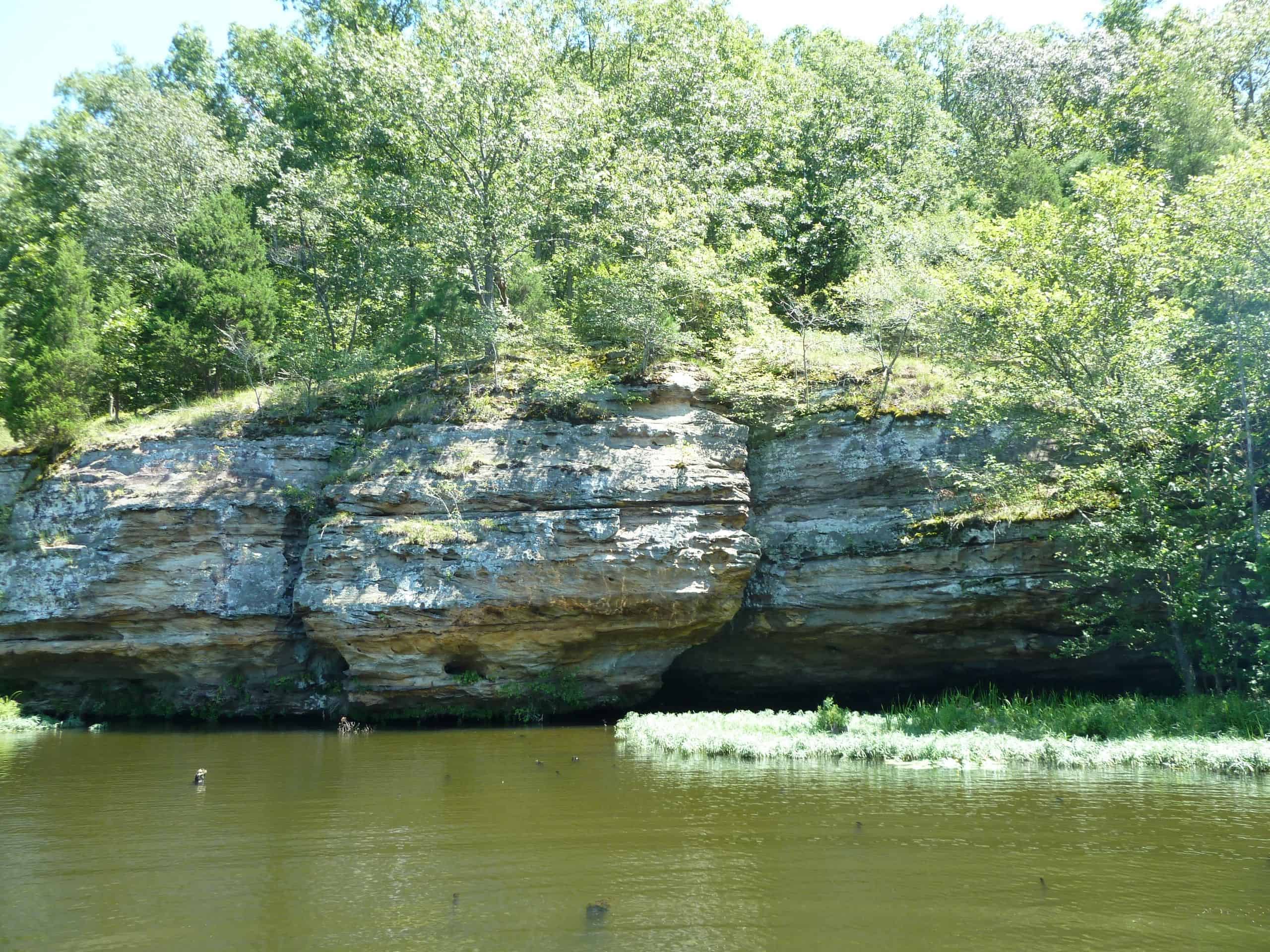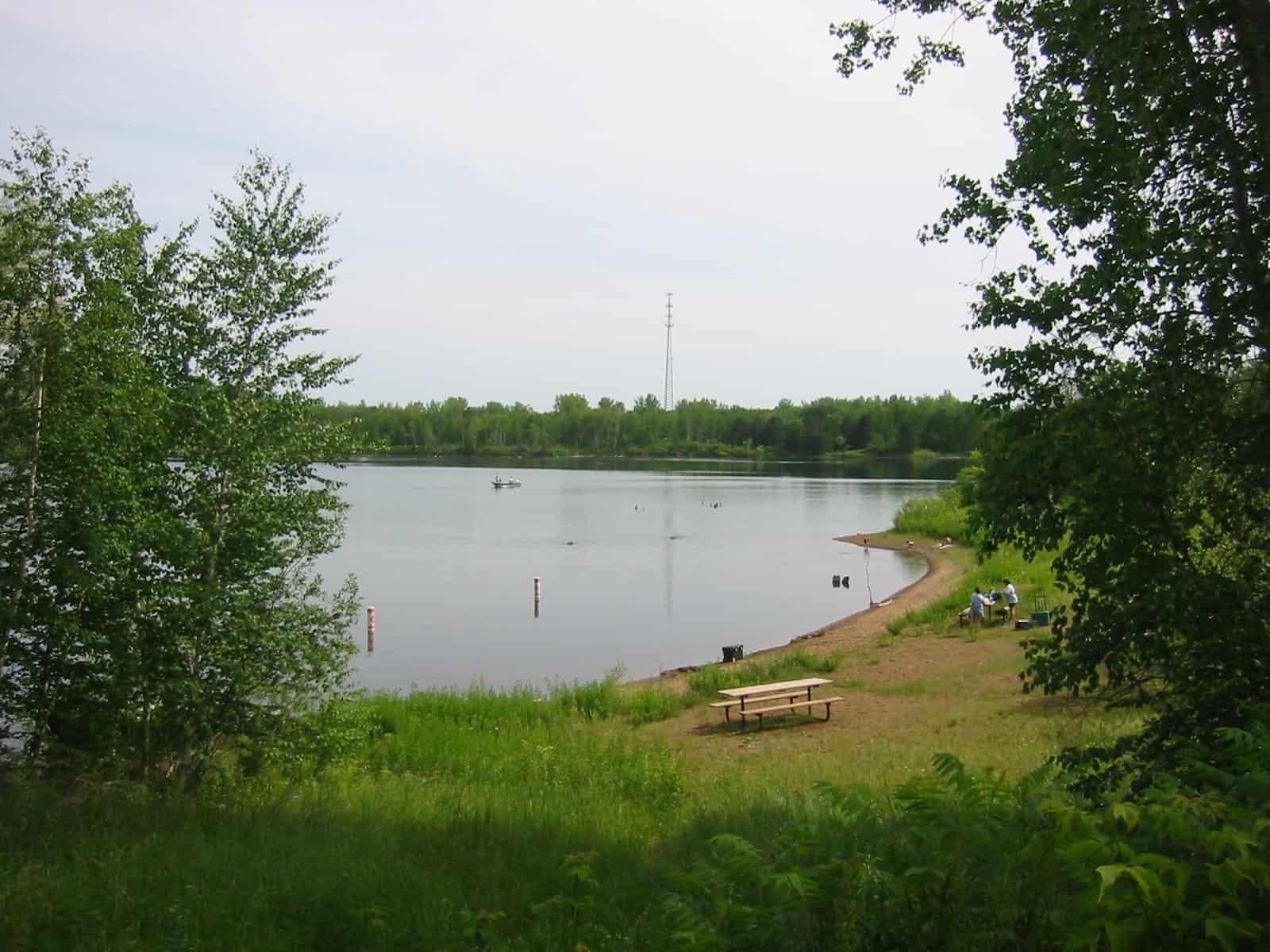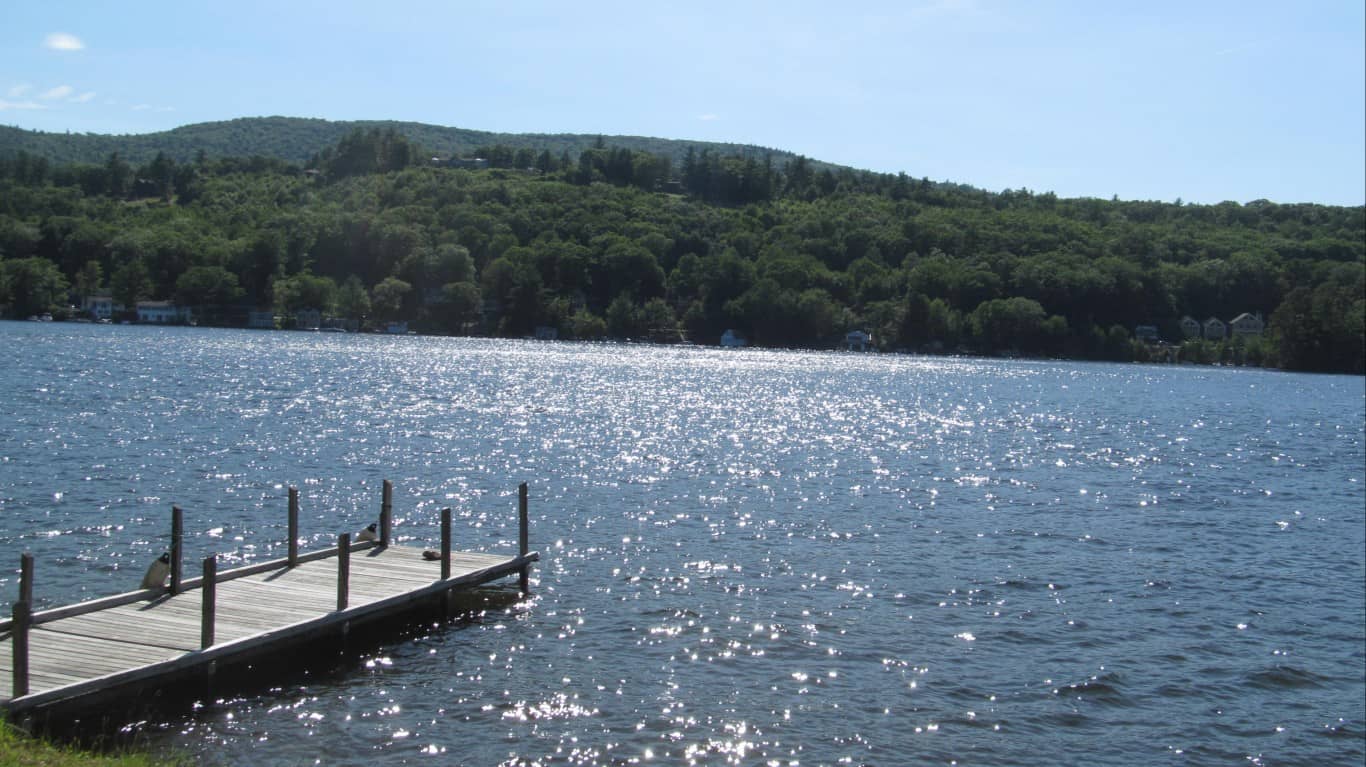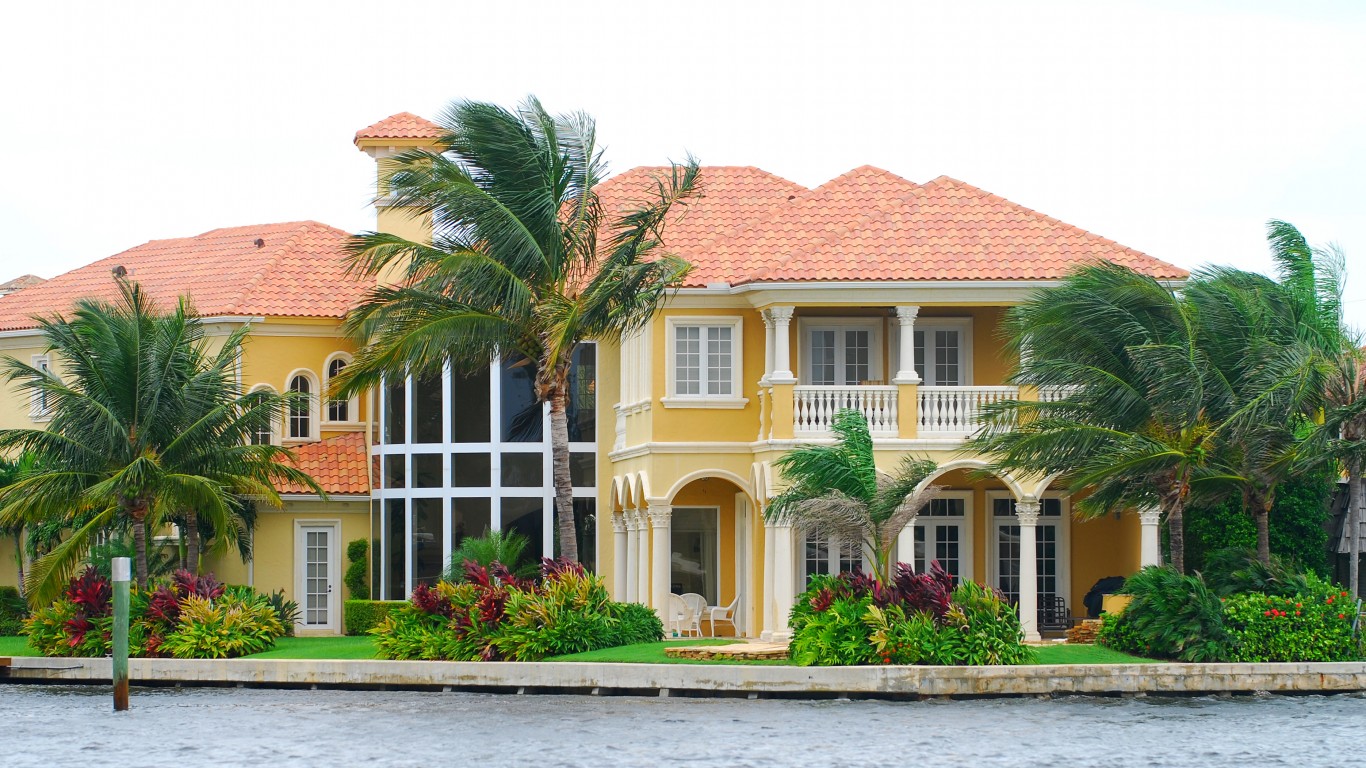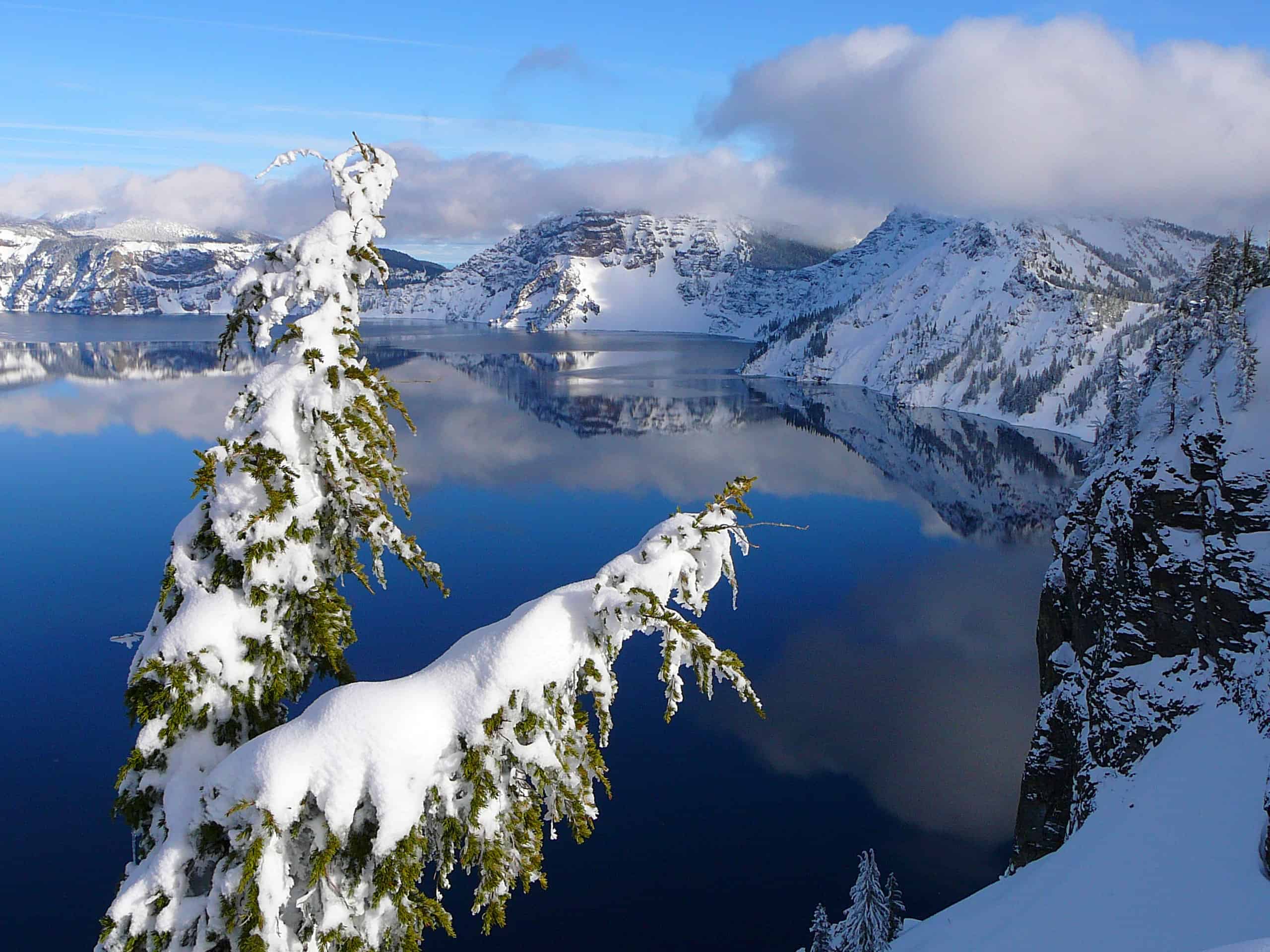
The United States is one of only 17 megadiverse countries in the world. A megadiverse country features a broad array of plant and animal species. To be classified as a megadiverse country, a nation must have at least 5,000 endemic plants. It must also feature a marine ecosystem within its borders. These 17 megadiverse countries only cover about 10% of the Earth’s surface, but they house more than 70% of all the planet’s species. Along with the U.S., the world’s other megadiverse countries include Australia, Brazil, China, Colombia, the Democratic Republic of the Congo, Ecuador, India, Indonesia, Madagascar, Malaysia, Mexico, Papua New Guinea, Peru, the Philippines, South Africa, and Venezuela.
U.S. Lakes

The U.S. features tens of thousands of square miles of water area, which is key in its megadiverse designation. The nation’s water environments range from the ocean depths to raging rivers to inland lakes. It is estimated that the United States has the third-most lakes of any nation in the world, trailing only Canada and Russia. Exact numbers are difficult to corroborate, though, because there is no universally accepted definition regarding what constitutes a lake.
We can, however, ascertain the depth of a lake with verifiable numbers. Here is a look at the deepest lake in every U.S. state. (And, if you want to see which lakes are drying up, here is a list of 20 famous lakes that are going dry, one of which is included in the list below.)
Determining the Deepest U.S. Lakes

To determine each state’s deepest lake, 24/7 Wall St. consulted various sources such as state government and geological survey websites.
The Great Lakes were not included in this survey. These five lakes are massive natural wonders that touch eight U.S. states (Minnesota, Wisconsin, Illinois, Indiana, Michigan, Ohio, Pennsylvania, and New York). According to the Environmental Protection Agency, the maximum depths of the Great Lakes are:
- Lake Superior – 1,332 feet (406 meters)
- Lake Michigan – 925 feet (282 meters)
- Lake Ontario – 802 feet (244 meters)
- Lake Huron – 750 feet (229 meters)
- Lake Erie – 210 feet (64 meters)
These gigantic lakes, which account for 21% of the world’s freshwater, are obviously the deepest lakes in any state they touch. For example, Lake Superior is clearly the deepest lake in Minnesota. For our purposes, though, we excluded these lakes (which could be considered freshwater seas) and focused on the deepest inland lakes in each state.
Where Most Deep Lakes Are Found

All 50 U.S. states have lakes within their borders, although many are manmade reservoirs. Maryland, for instance, has no natural lakes. There are over 100 manmade impoundments in the state, though. All of Maryland’s lakes were created through damming systems.
Alaska, on the other hand, has the most natural lakes of any U.S. state and it is not remotely close. The Last Frontier has nearly 3,200 named lakes and over three million unnamed lakes!
Deep lakes are rare in the American South. For example, Lake Okeechobee is the largest lake in Florida by surface area, covering over 460,000 acres. However, it is only 12 feet deep at its deepest point.
Most of the nation’s deepest lakes are found in more northerly regions. Alaska not only has the most lakes, but it also houses more lakes with depths over 300 feet than any other state. The nation’s deepest lake is not found in Alaska, though but rather in the northwestern part of the conterminous U.S.
Depth Ranges
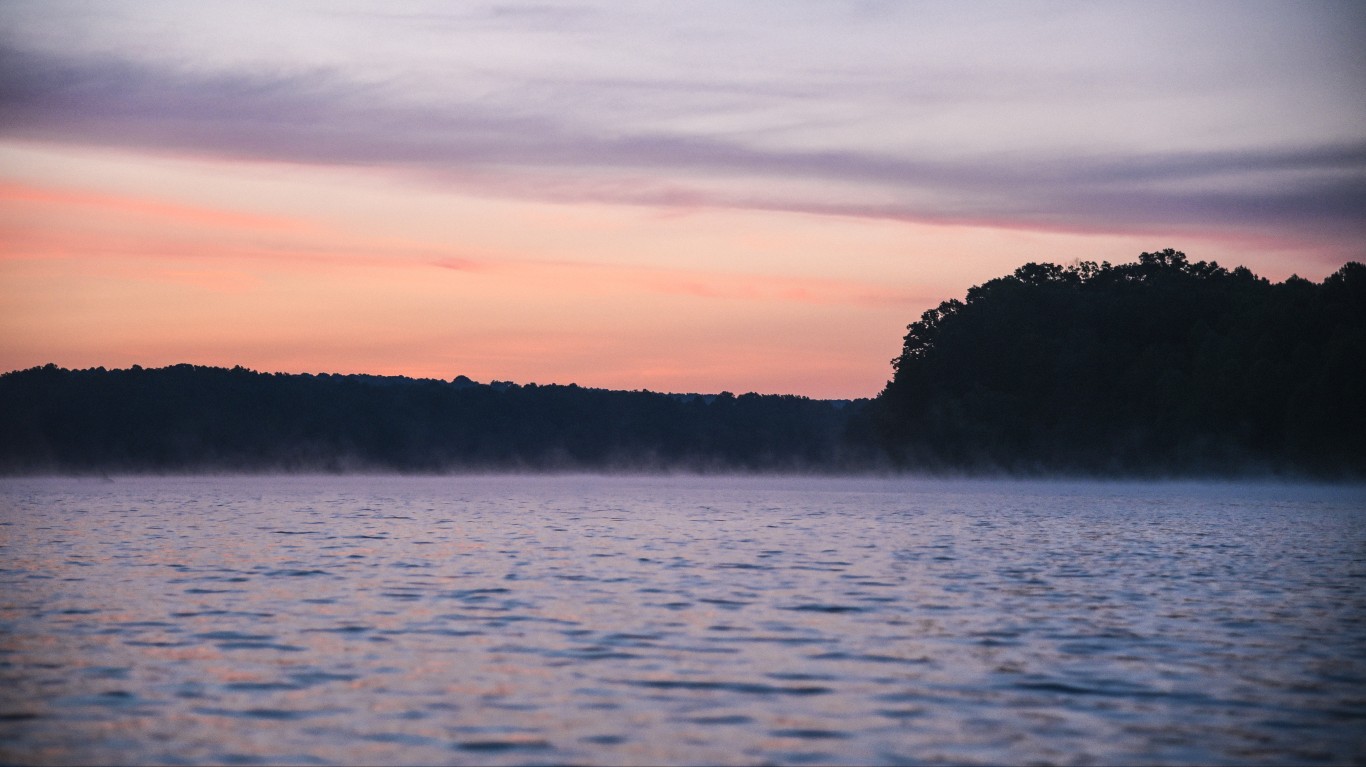
The deepest lakes in each U.S. state showcase quite a range of depths. The shallowest of these lakes is just nine feet deep. That is shallower than the typical “deep end” of a swimming pool, which is ten feet deep.
On the other end of the spectrum, the deepest lake in the U.S. is 1,949 feet deep. The waters of this lake could completely cover One World Trade Center, the tallest building in the nation, with 173 feet to spare!
Here is the complete list of the deepest lakes in all 50 U.S. states.
Alabama – Lewis Smith Lake (also known as Smith Lake)
- Maximum Depth: 264 feet (80 meters)
- Surface Area: 21,200 acres
Alaska – Lake Clark
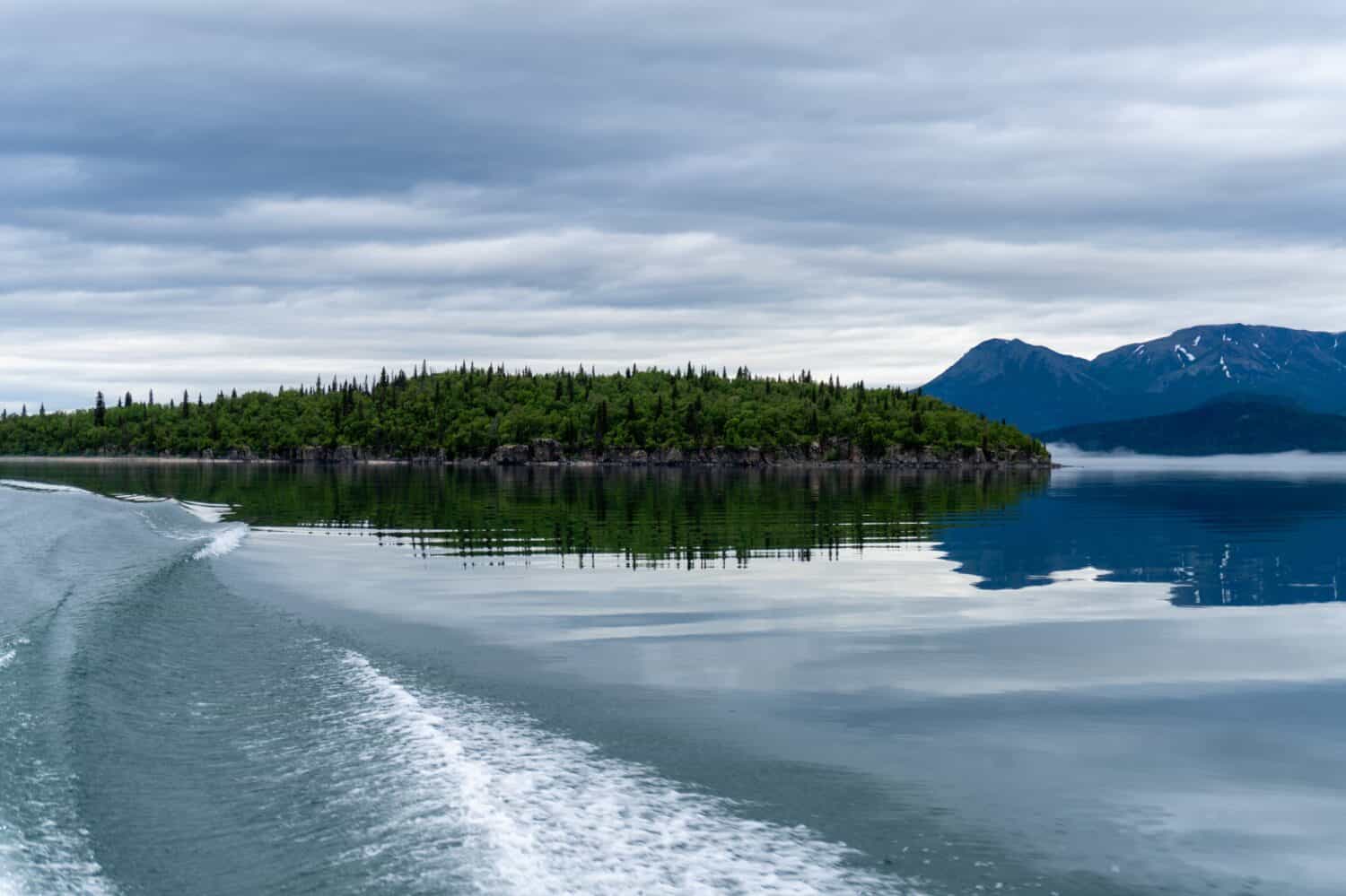
- Maximum Depth: 1,054 feet (321 meters)
- Surface Area: 81,920 acres
Arizona – Lake Mead
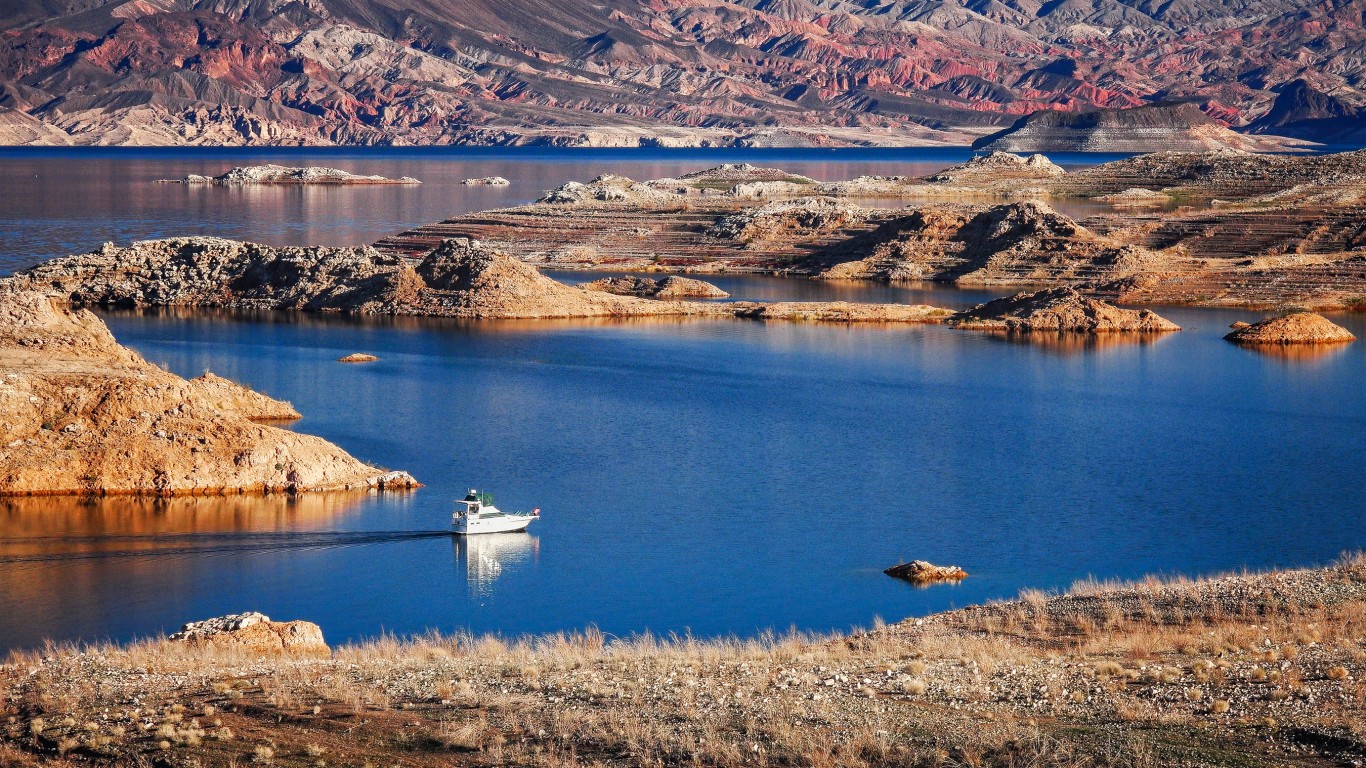
- Maximum Depth: 532 feet (162 meters)
- Surface Area: 158,080 acres
Arkansas – Lake Ouachita

- Maximum Depth: 200 feet (61 meters)
- Surface Area: 66,324 acres
California – Lake Tahoe
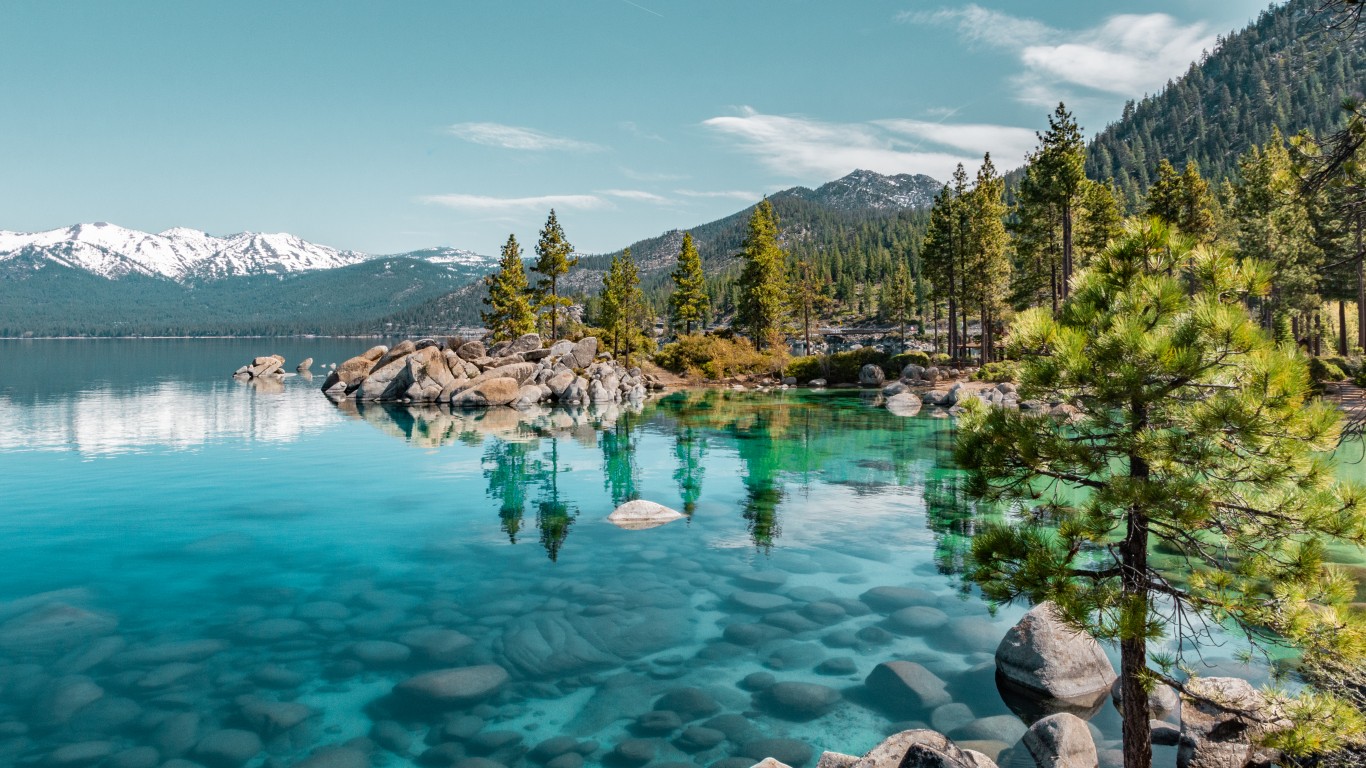
- Maximum Depth: 1,645 feet (501 meters)
- Surface Area: 122,240 acres
Colorado – Grand Lake
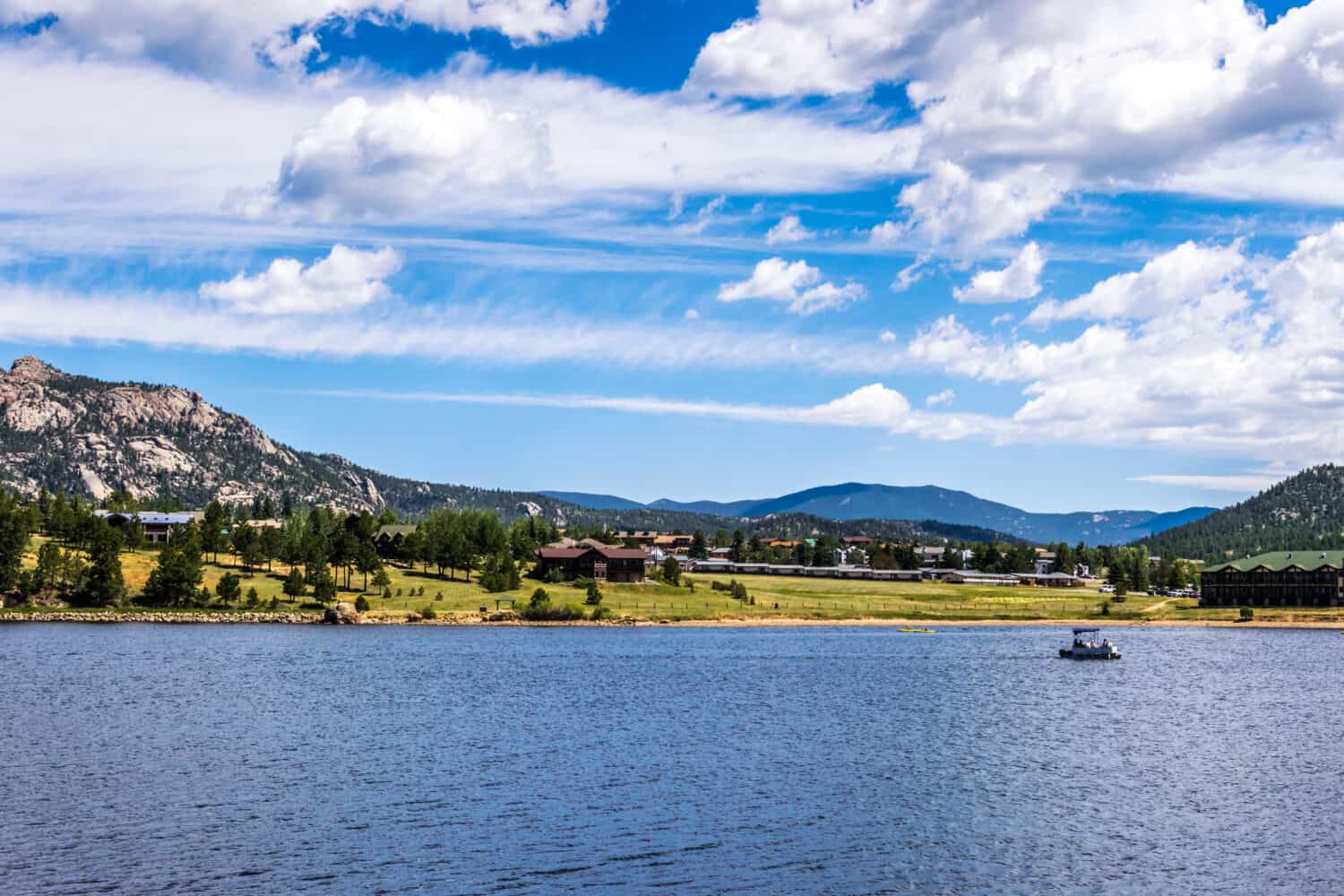
- Maximum Depth: 389 ft (119 meters)
- Surface Area: 507 acres
Connecticut – Lake Lillinonah
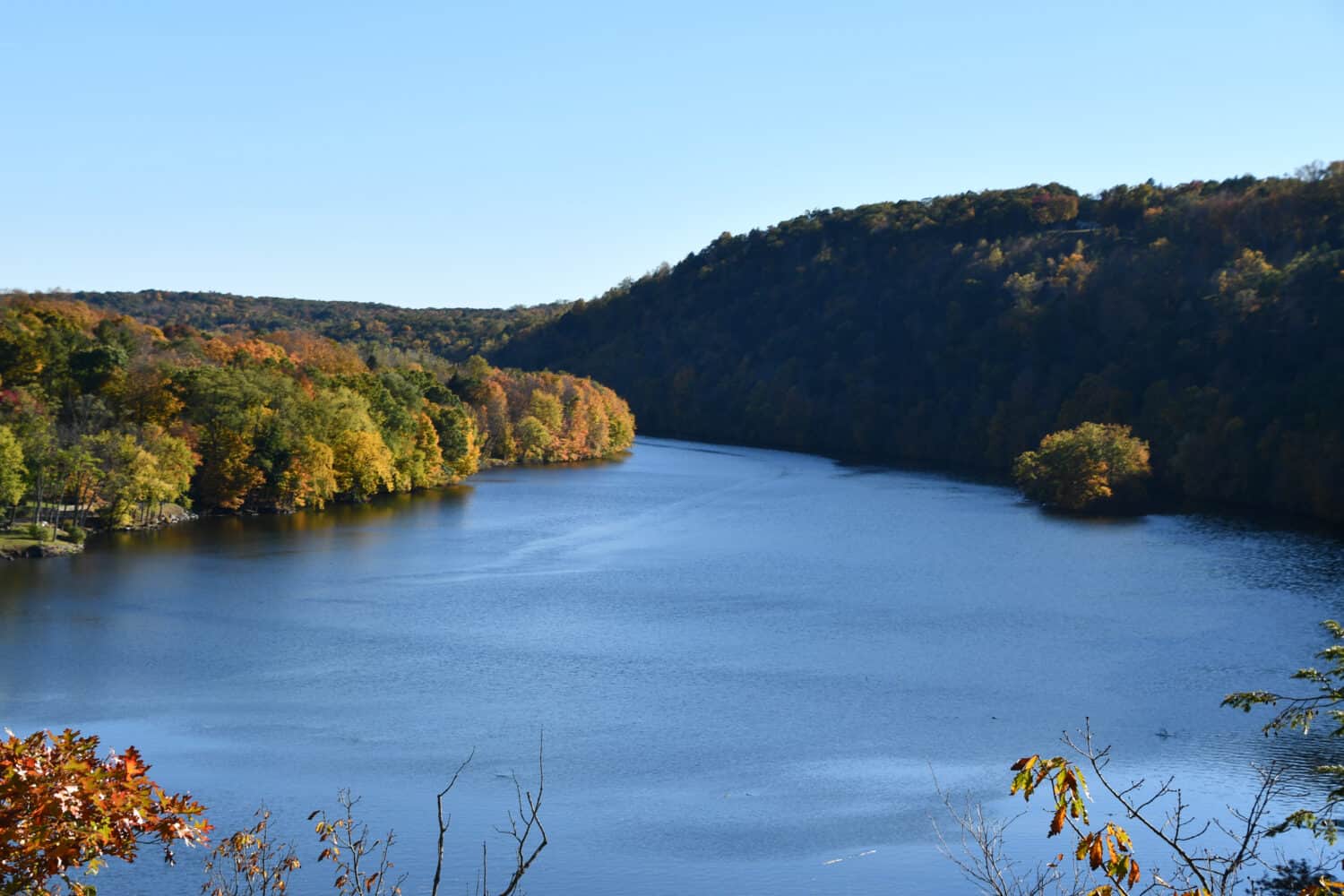
- Maximum Depth: 110 feet (33.5 meters)
- Surface Area: 1,547 acres
Delaware – Horsey Pond
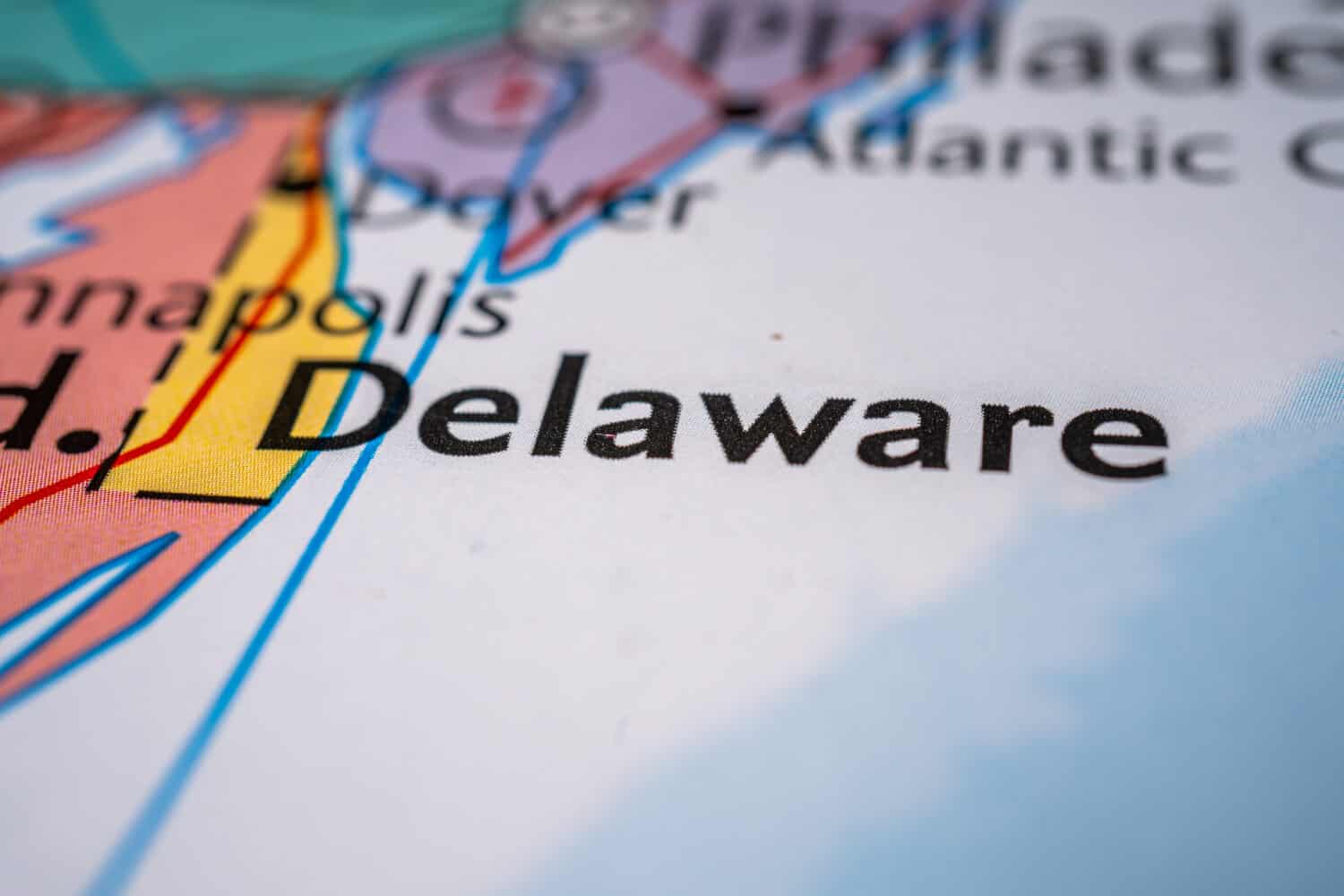
- Maximum Depth: 9 feet (3 meters)
- Surface Area: 46 acres
Florida – Deep Lake
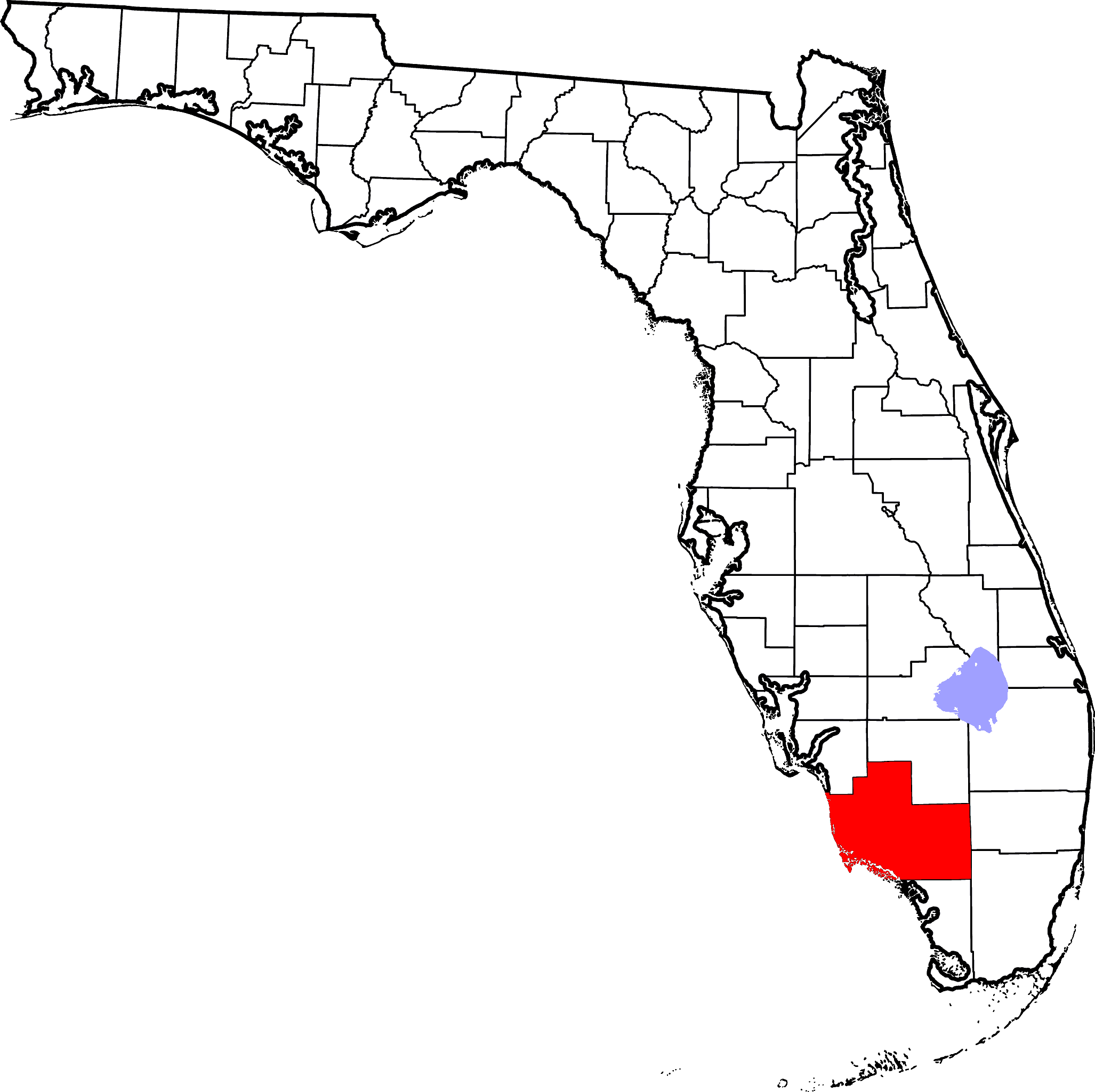
- Maximum Depth: 90 feet (27 meters)
- Surface Area: 31 acres
Georgia – Carters Lake
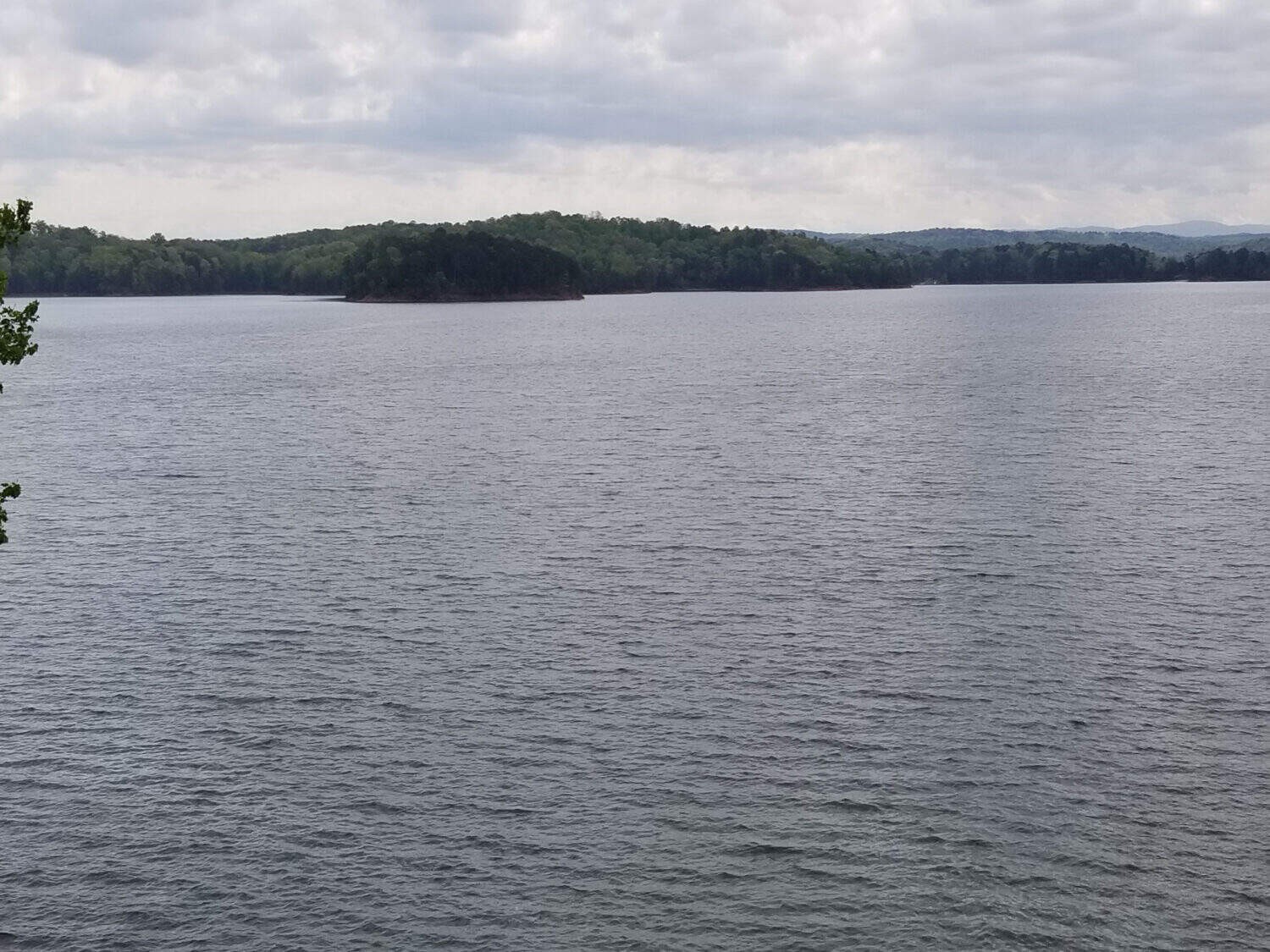
- Maximum Depth: 450 feet (137 meters)
- Surface Area: 3,200 acres
Hawaii – Halali’i Lake

- Maximum Depth: Varies (Halali’i Lake’s depth depends on the weather. During the rainy seasons, it is Hawaii’s deepest lake)
- Surface Area: 840 acres
Idaho – Lake Pend Oreille

- Maximum Depth: 1,158 feet (353 meters)
- Surface Area: 96,000 acres
Illinois – Devil’s Kitchen Lake
- Maximum Depth: 90 feet (27.5 meters)
- Surface Area: 810 acres
Indiana – Tippecanoe Lake

- Maximum Depth: 123 feet (37 meters)
- Surface Area: 880 acres
Iowa – West Lake Okoboji
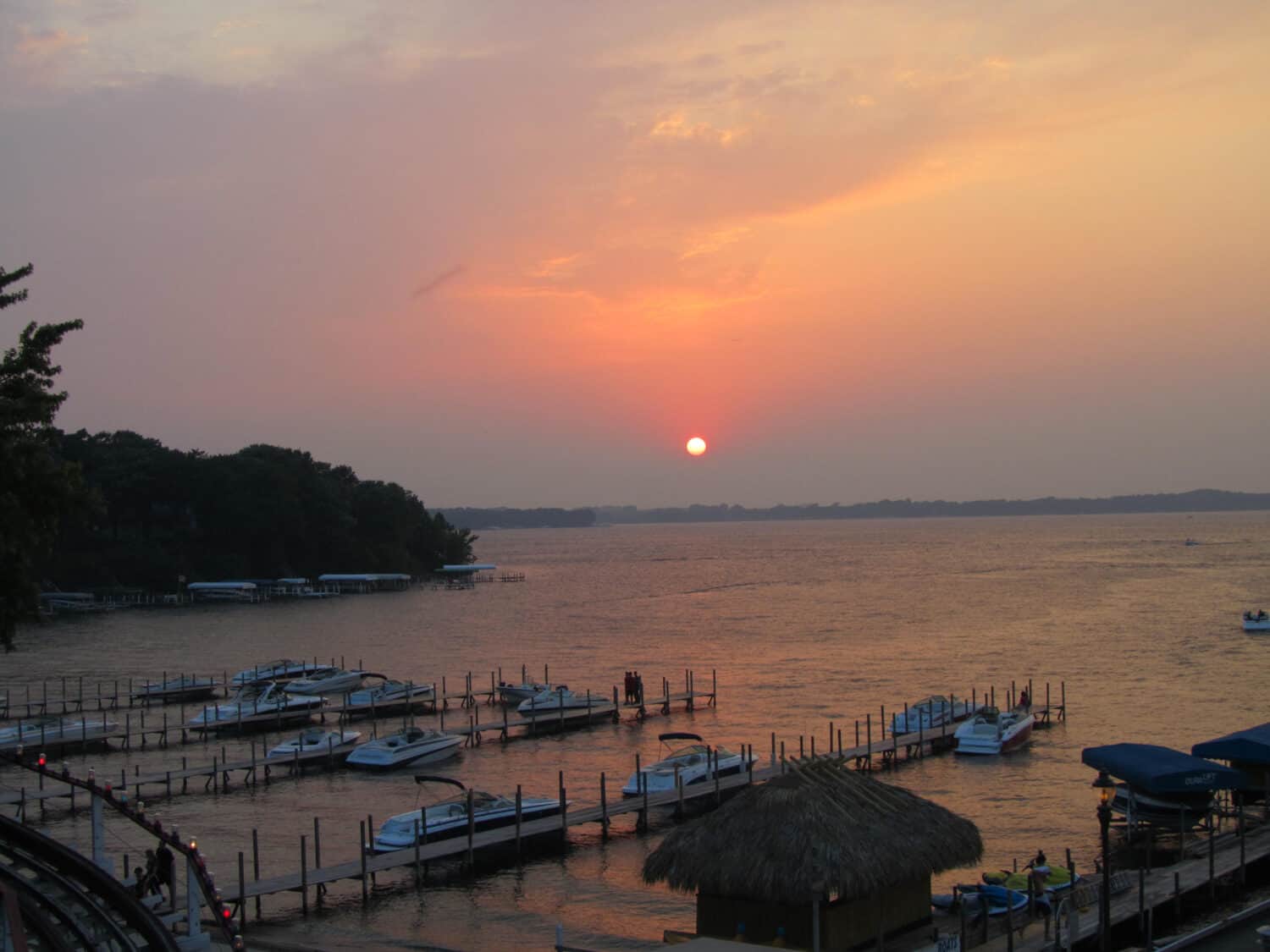
- Maximum Depth: 136 feet (41.5 meters)
- Surface Area: 3,847 acres
Kansas – Milford Lake and Wilson Lake (tie)
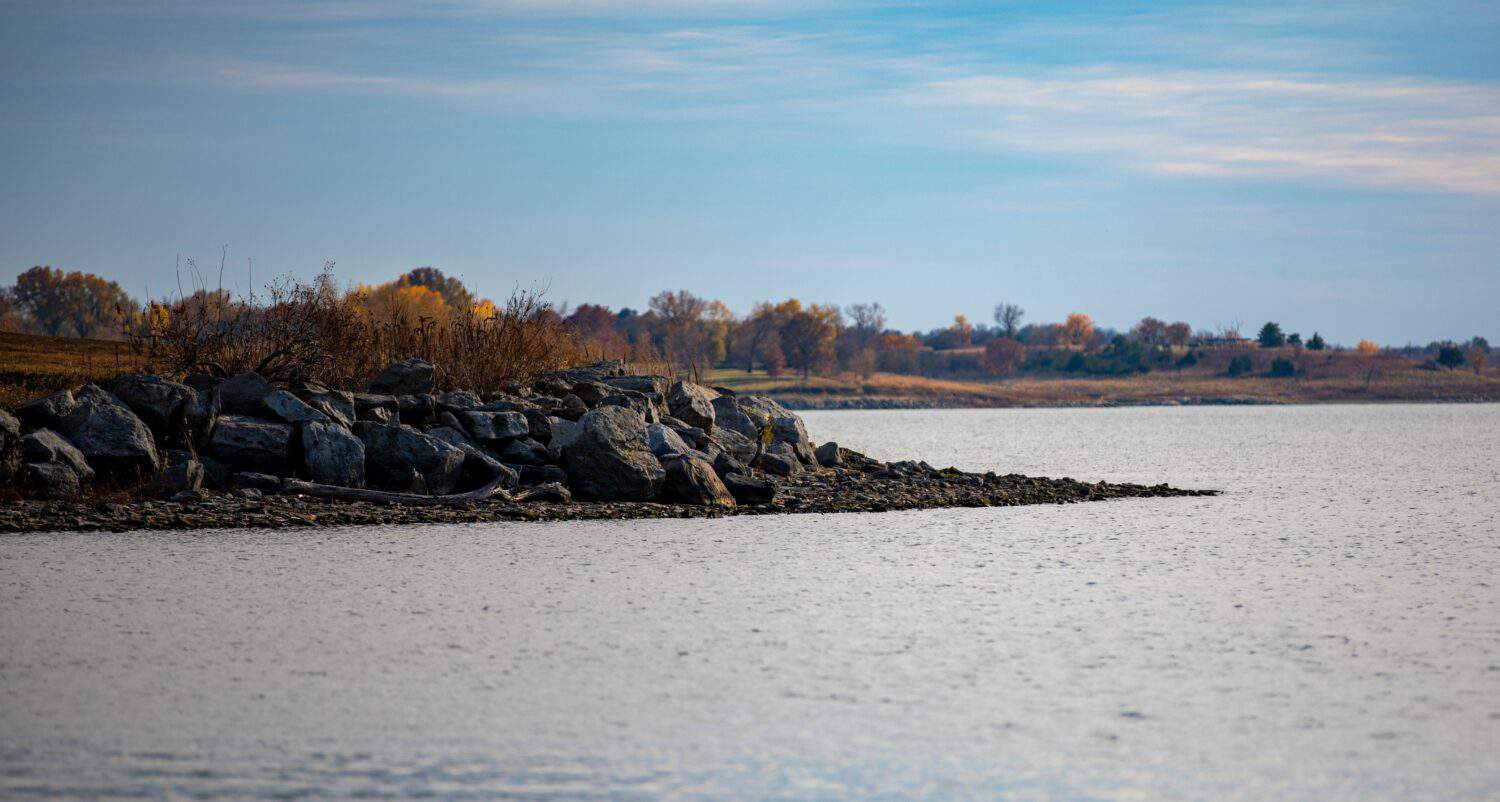
- Maximum Depth: 65 feet (20 meters)
- Surface Areas: Milford Lake – 15,709 acres, Wilson Lake – 9,020 acres
Kentucky – Herrington Lake
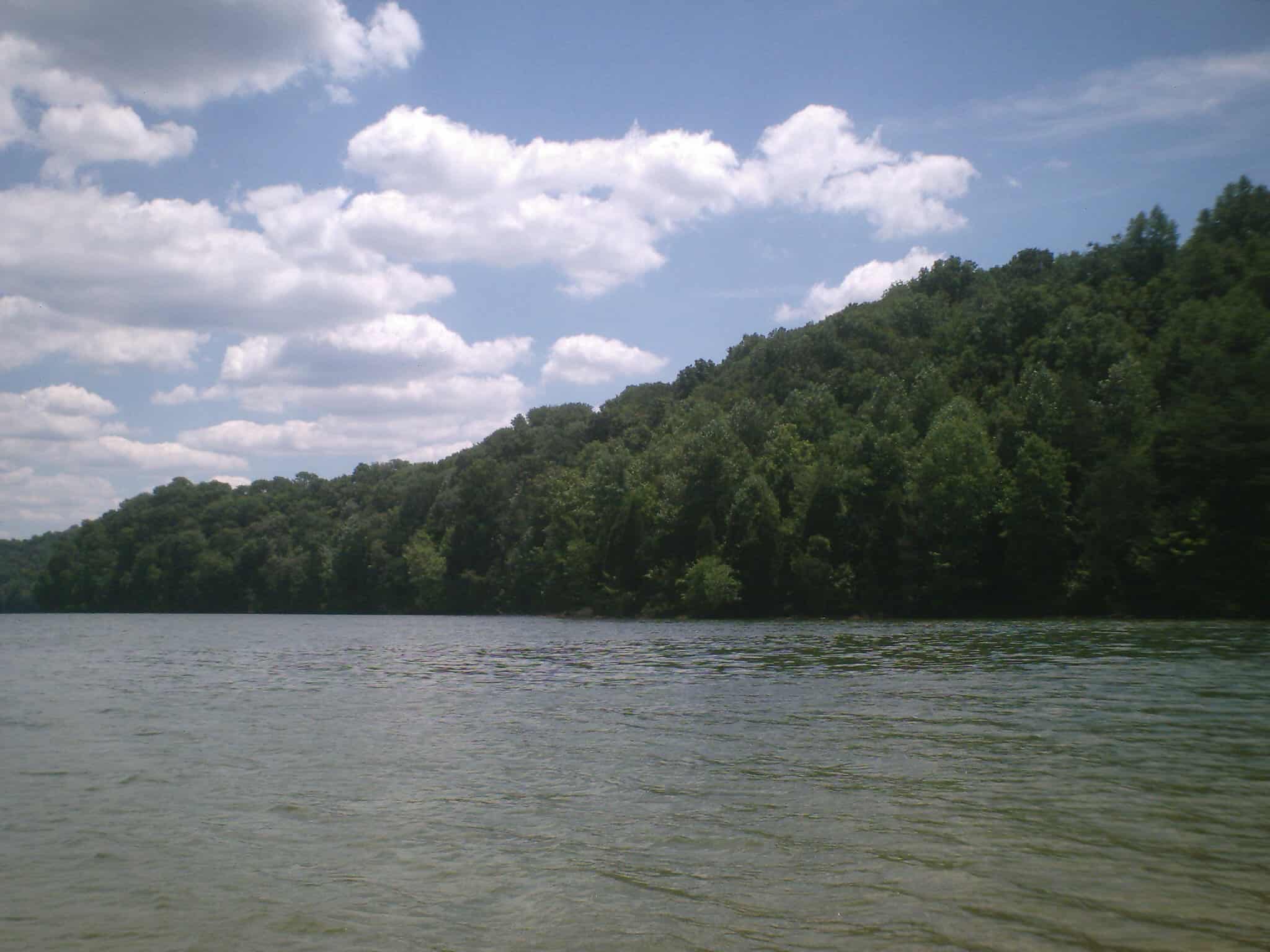
- Maximum Depth: 249 feet (76 meters)
- Surface Area: 2,335 acres
Louisiana – Lake Peigneur

- Maximum Depth: 200 feet (61 meters)
- Surface Area: 1,125 acres
Maine – Sebago Lake
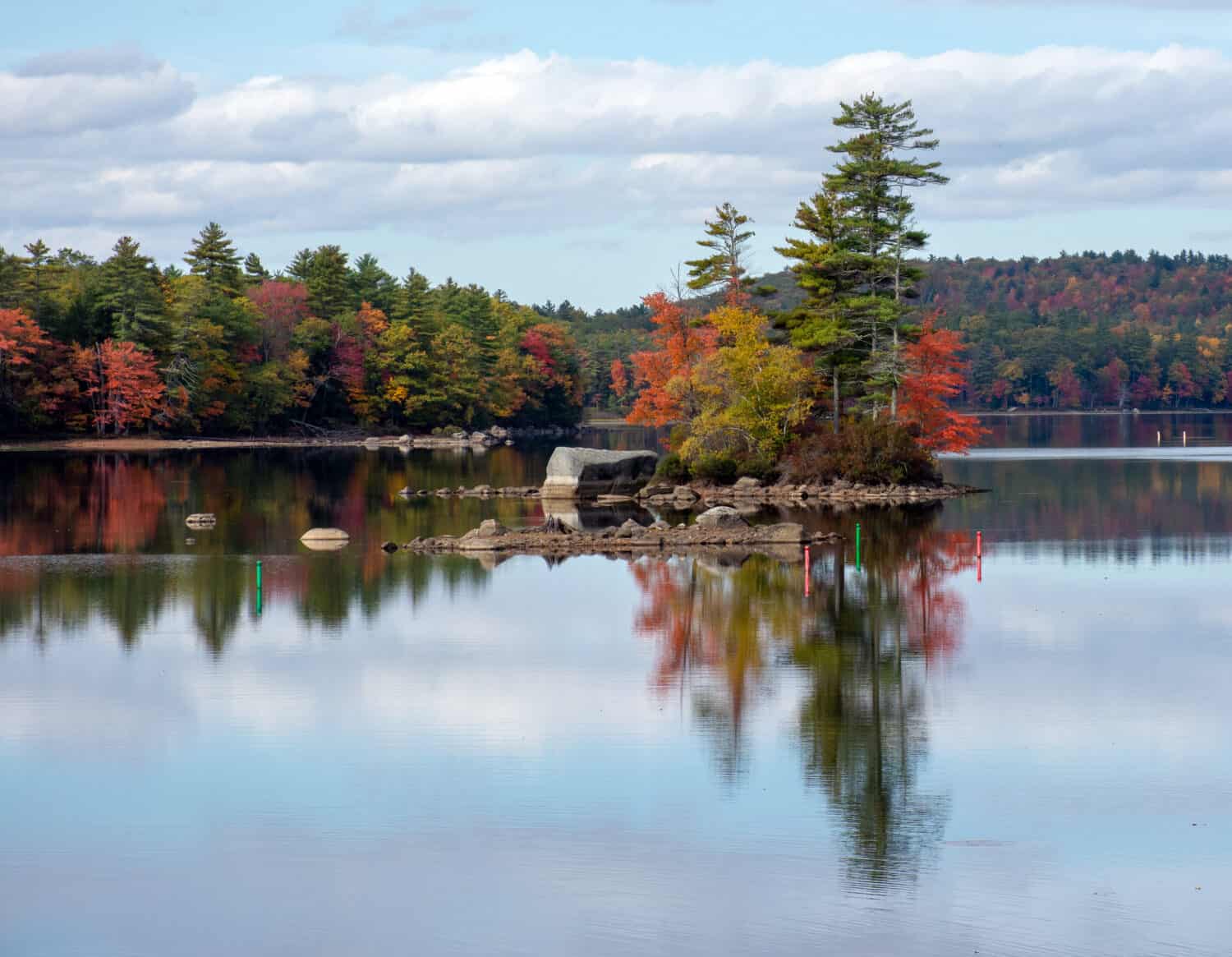
- Maximum Depth: 316 feet (96 meters)
- Surface Area: 30,513 acres
Maryland – Quarry Lake
- Maximum Depth: 490 feet (150 meters)
- Surface Area: 40 acres
Massachusetts – Quabbin Reservoir

- Maximum Depth: 151 feet (46 meters)
- Surface Area: 119,940 acres
Michigan – Torch Lake

- Maximum Depth: 285 feet (87 meters)
- Surface Area: 18,770 acres
Minnesota – Portsmouth Mine Pit Lake
- Maximum Depth: 450 feet (137 meters)
- Surface Area: 121 acres
Mississippi – Okhissa Lake

- Maximum Depth: 75 feet (23 meters)
- Surface Area: 1,075 acres
Missouri – Table Rock Lake

- Maximum Depth: 220 feet (67 meters)
- Surface Area: 42,400 acres
Montana – Tally Lake
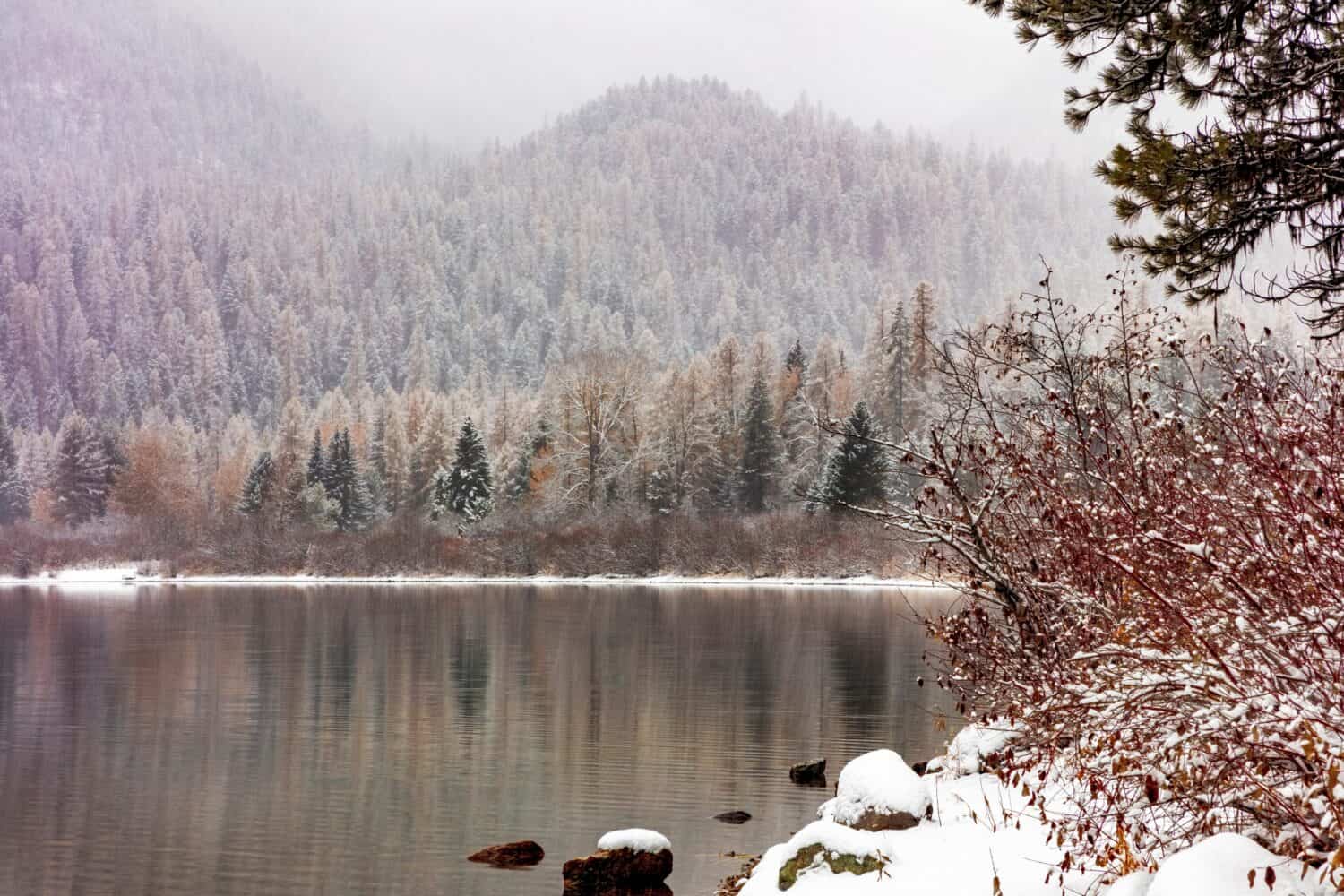
- Maximum Depth: 492 feet (150 meters)
- Surface Area: 1,200 acres
Nebraska – Lake McConaughy
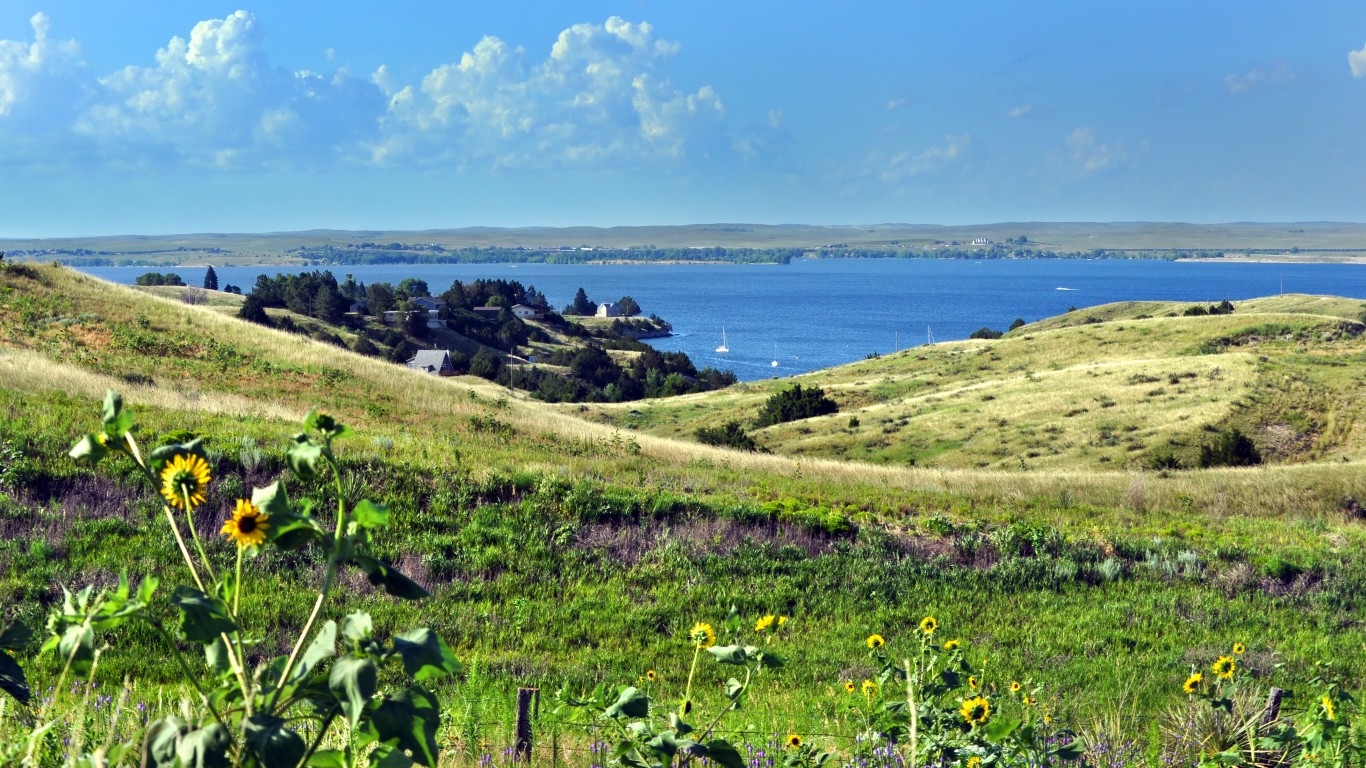
- Maximum Depth: 142 feet (43 meters)
- Surface Area: 35,700 acres
Nevada – Lake Tahoe

- Maximum Depth: 1,645 feet (501 meters)
- Surface Area: 122,240 acres
New Hampshire – Lake Winnipesaukee
- Maximum Depth: 212 feet (65 meters)
- Surface Area: 44,500 acres
New Jersey – Merrill Creek Reservoir

- Maximum Depth: 225 feet (68.5 meters)
- Surface Area: 650 acres
New Mexico – Navajo Lake
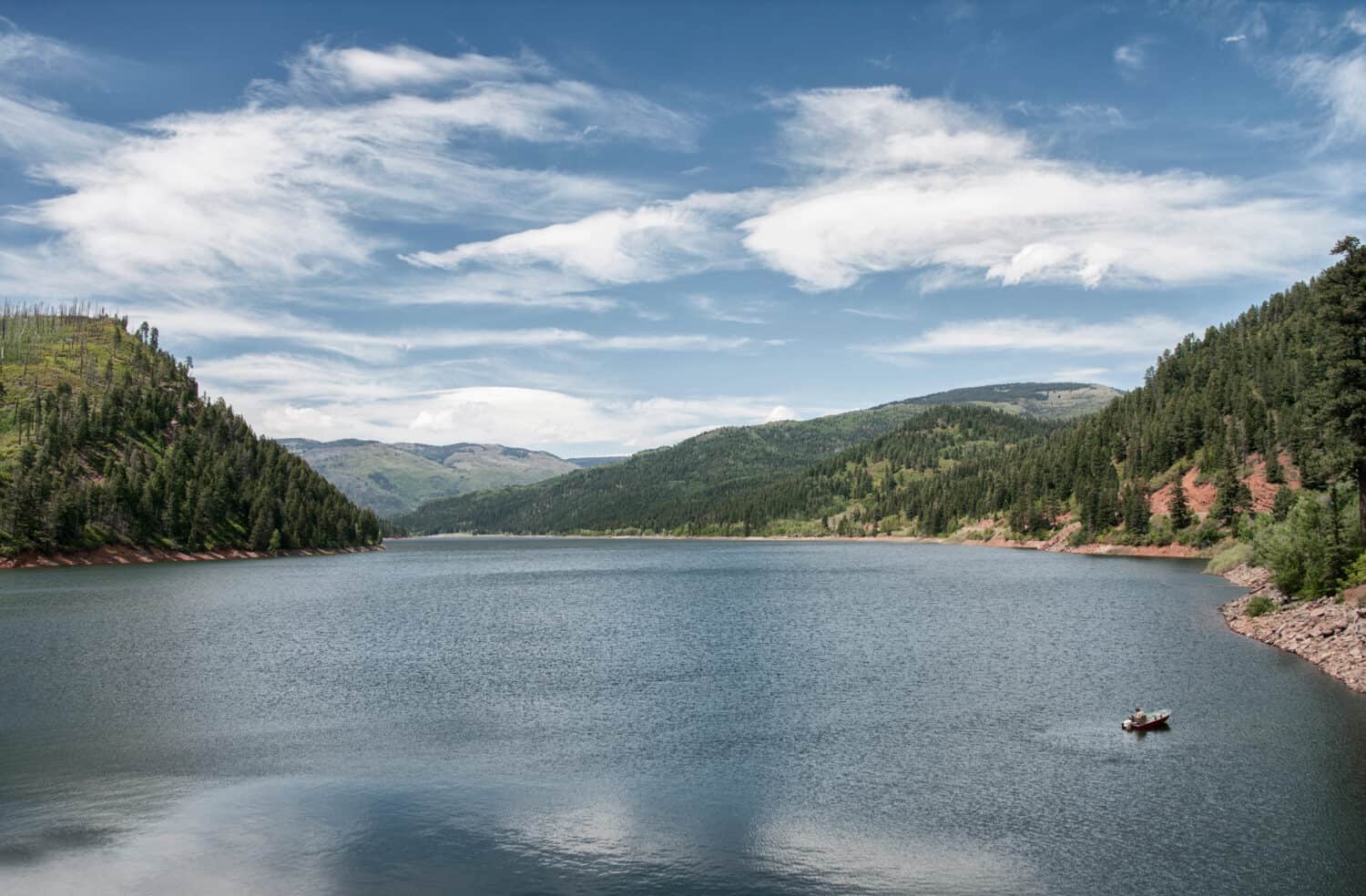
- Maximum Depth: 395 feet (120 meters)
- Surface Area: 15,600 acres
New York – Seneca Lake
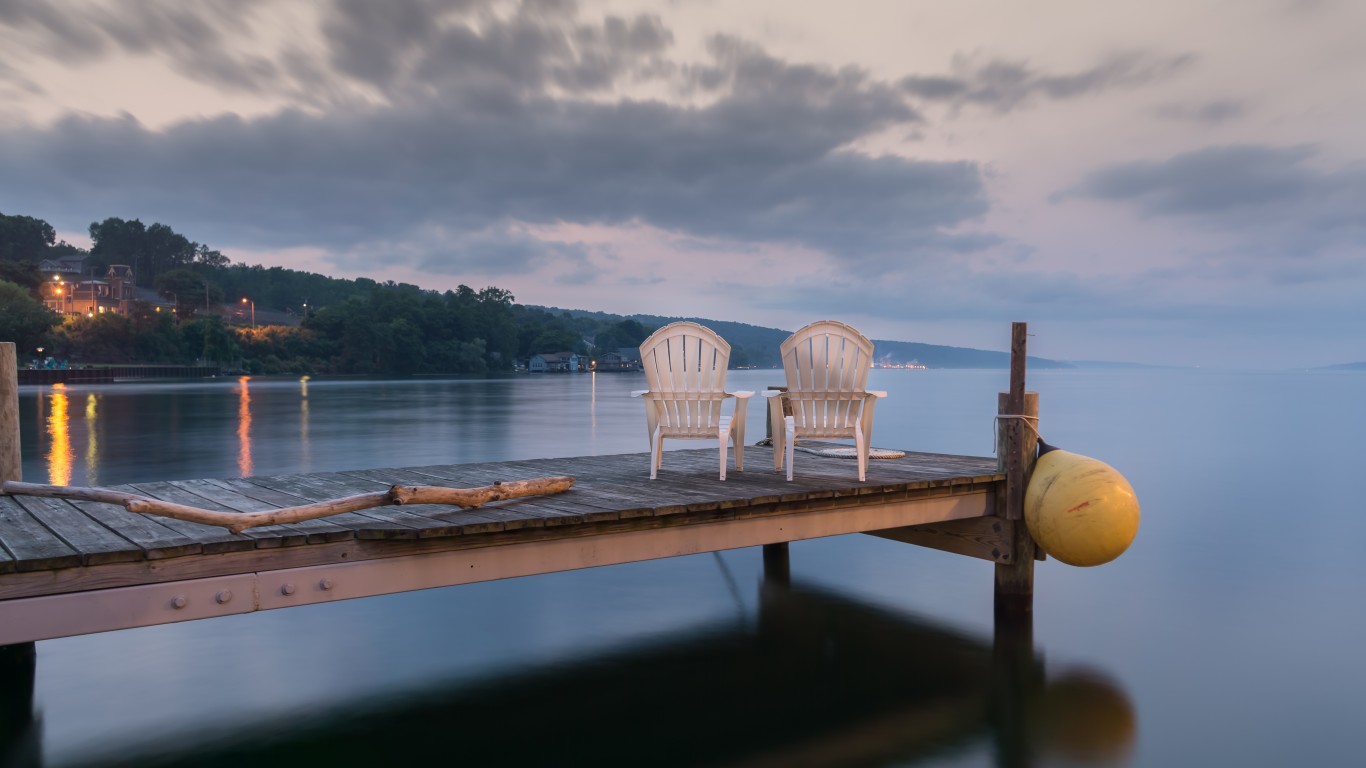
- Maximum Depth: 618 feet (188 meters)
- Surface Area: 42,797 acres
North Carolina – Fontana Lake

- Maximum Depth: 440 feet (134 meters)
- Surface Area: 10,230 acres
North Dakota – Lake Sakakawea
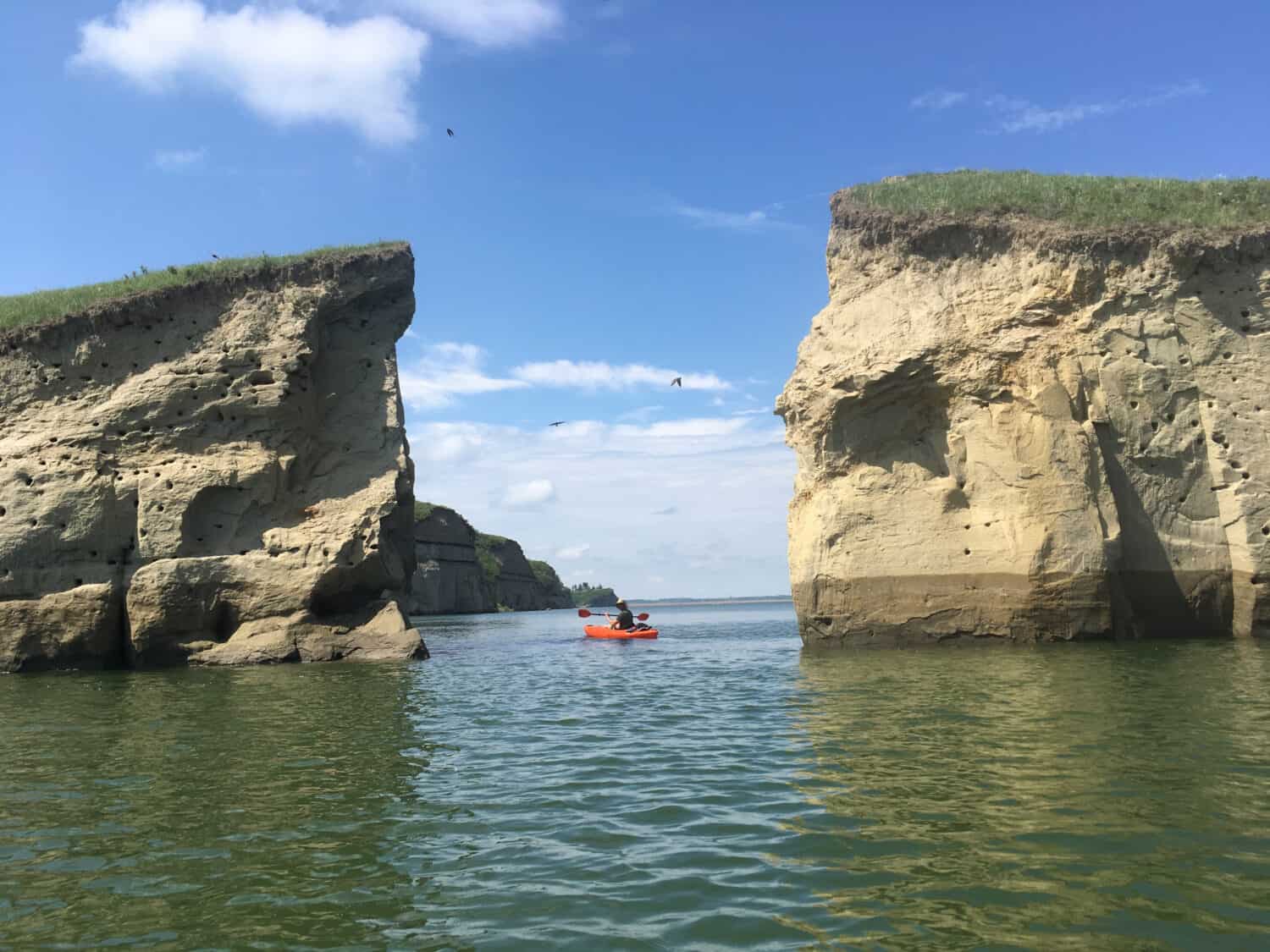
- Maximum Depth: 180 feet (55 meters)
- Surface Area: 307,000 acres
Ohio – Caesar Creek Lake

- Maximum Depth: 115 feet (35 meters)
- Surface Area: 2,830 acres
Oklahoma – Broken Bow Lake

- Maximum Depth: 185 feet (56 meters)
- Surface Area: 14,000 acres
Oregon – Crater Lake
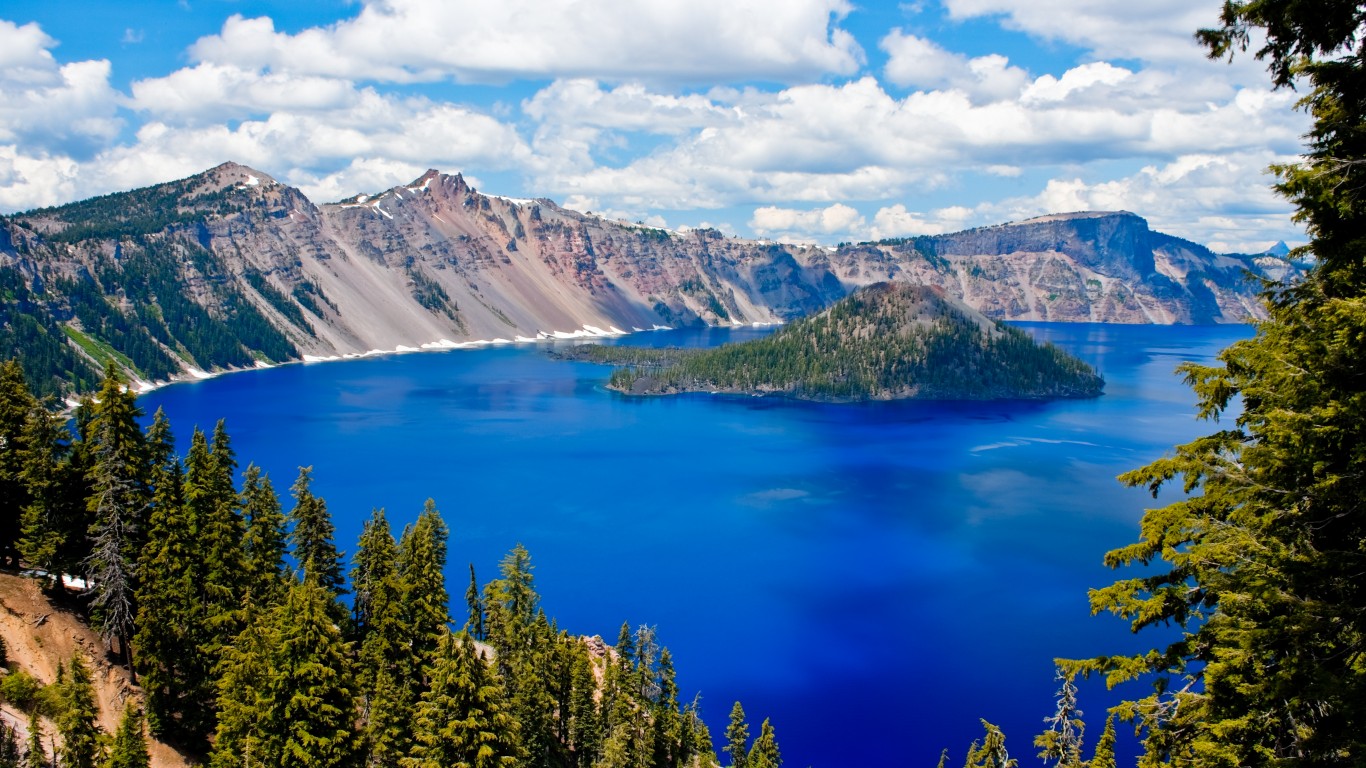
- Maximum Depth: 1,949 feet (594 meters)
- Surface Area: 13,069 acres
Pennsylvania – Raystown Lake
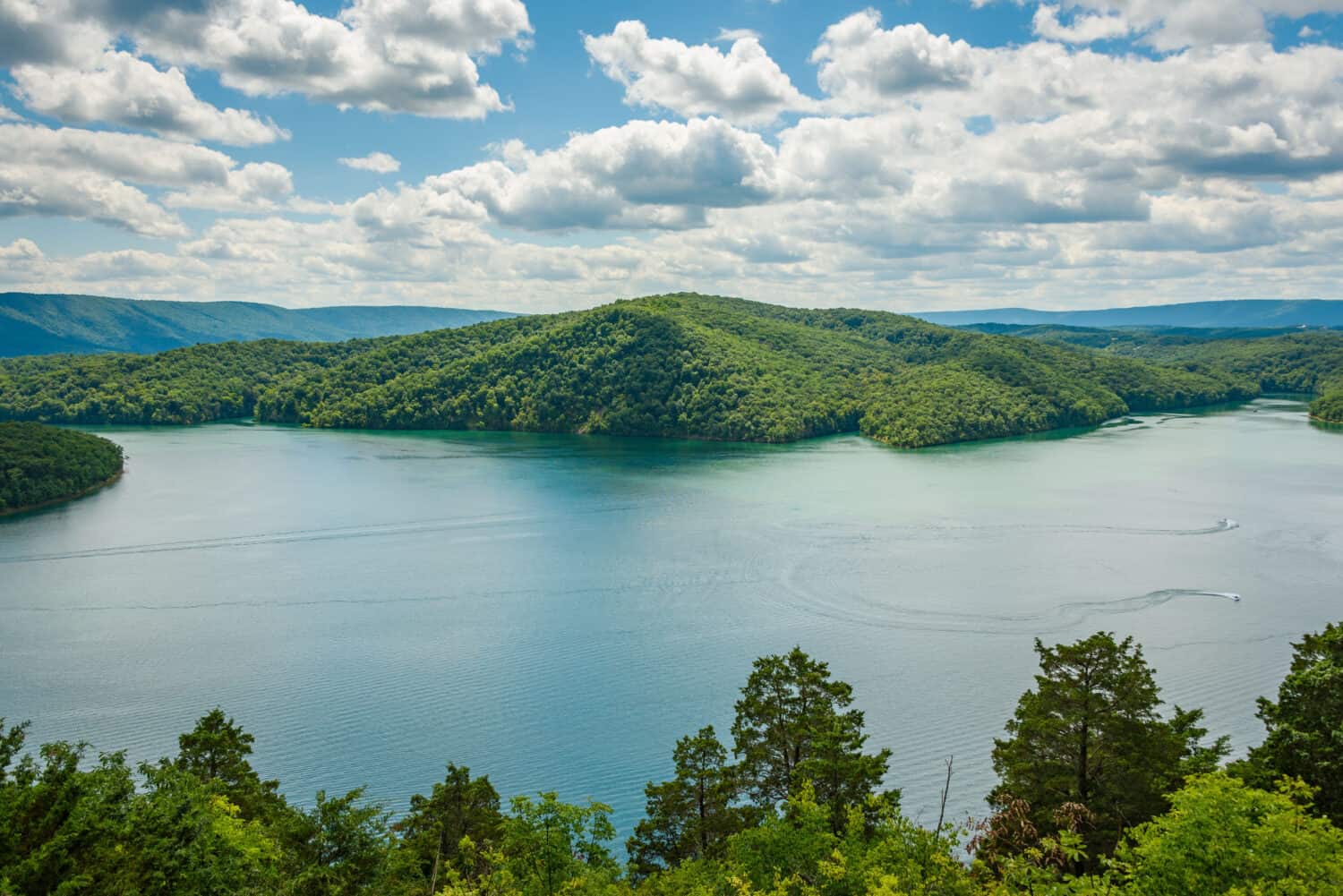
- Maximum Depth: 200 feet (61 meters
- Surface Area: 8,300 acres
Rhode Island – Scituate Reservoir

- Maximum Depth: 87 feet (27 meters)
- Surface Area: 3,392 acres
South Carolina – Lake Jocassee
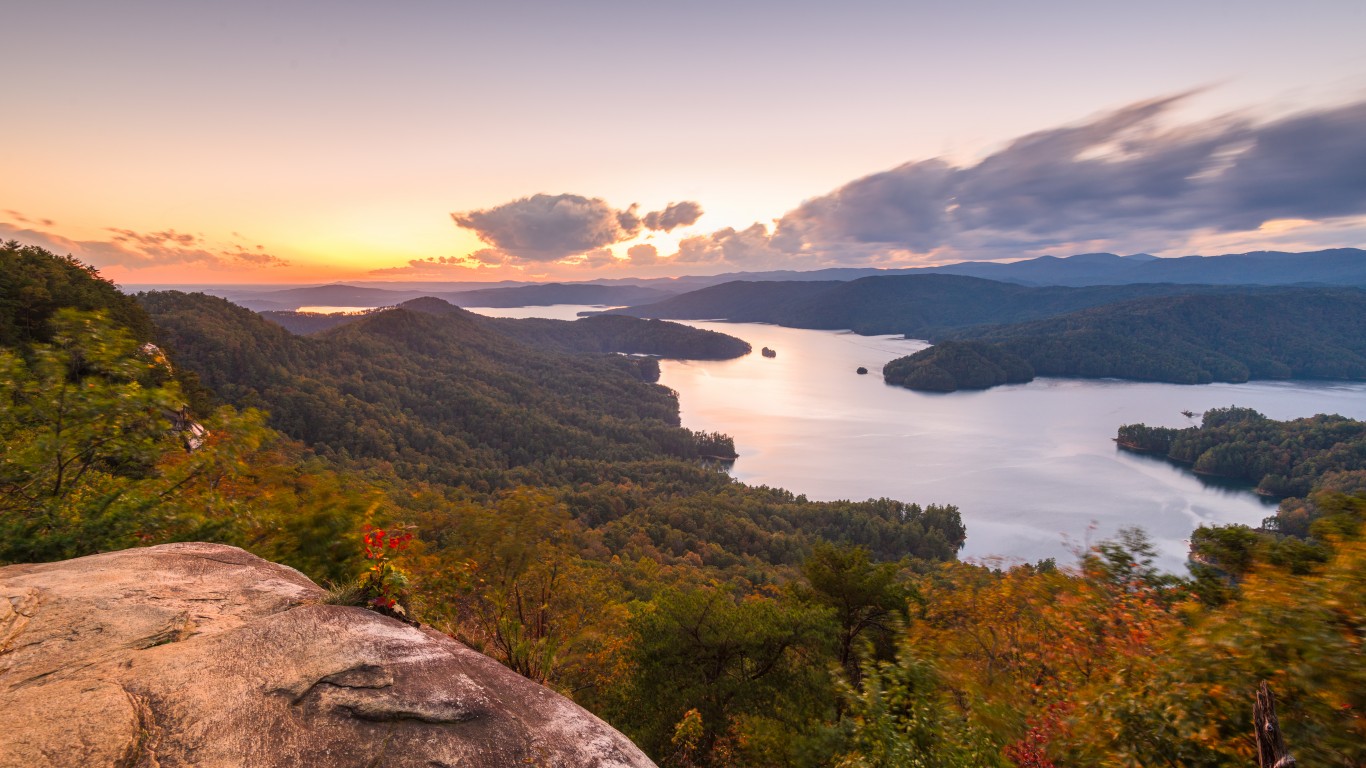
- Maximum Depth: 350 feet (107 meters)
- Surface Area: 7,500 acres
South Dakota – Lake Oahe
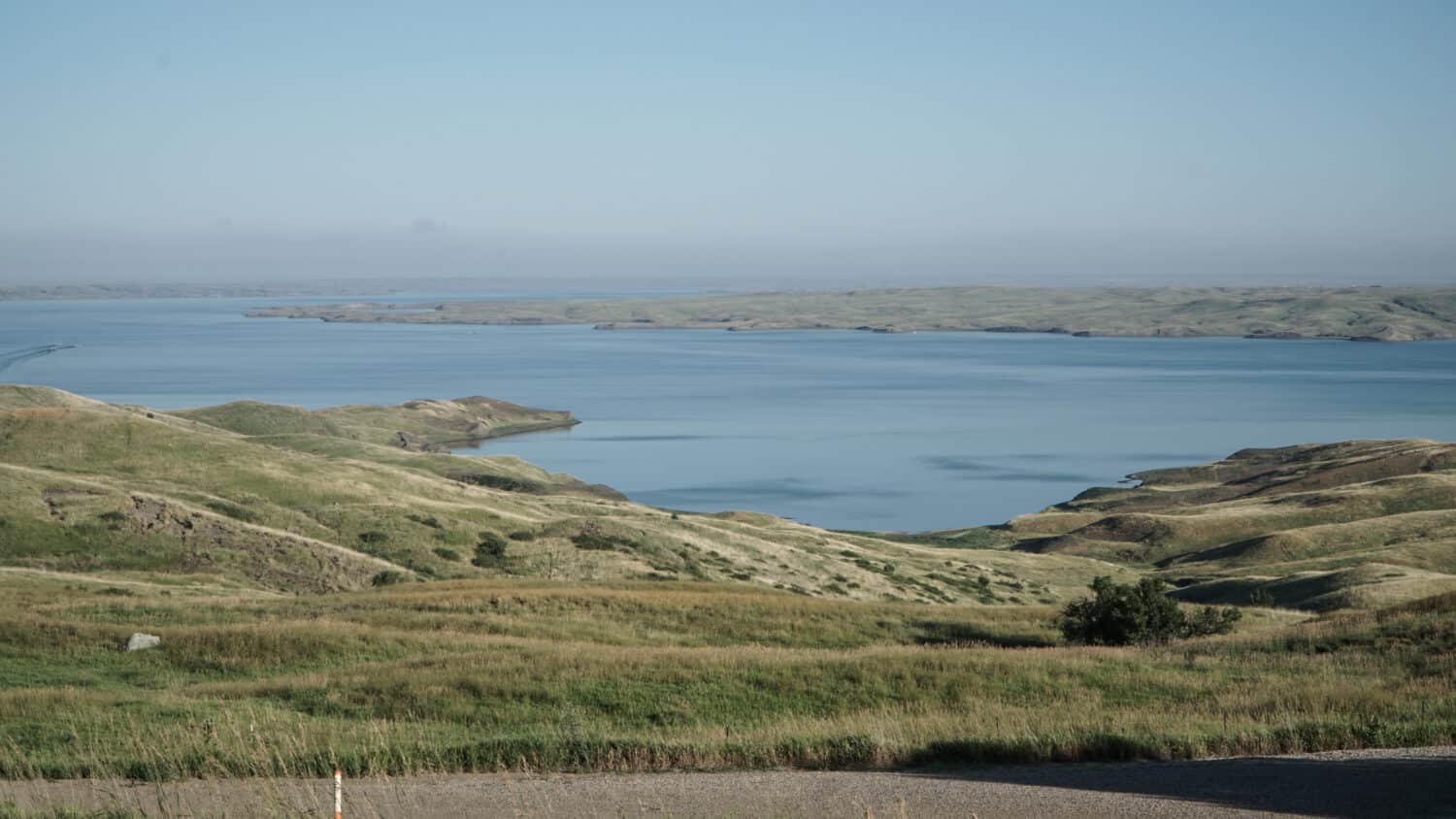
- Maximum Depth: 205 feet (62.5 meters)
- Surface Area: 370,000 acres
Tennessee – Watauga Lake
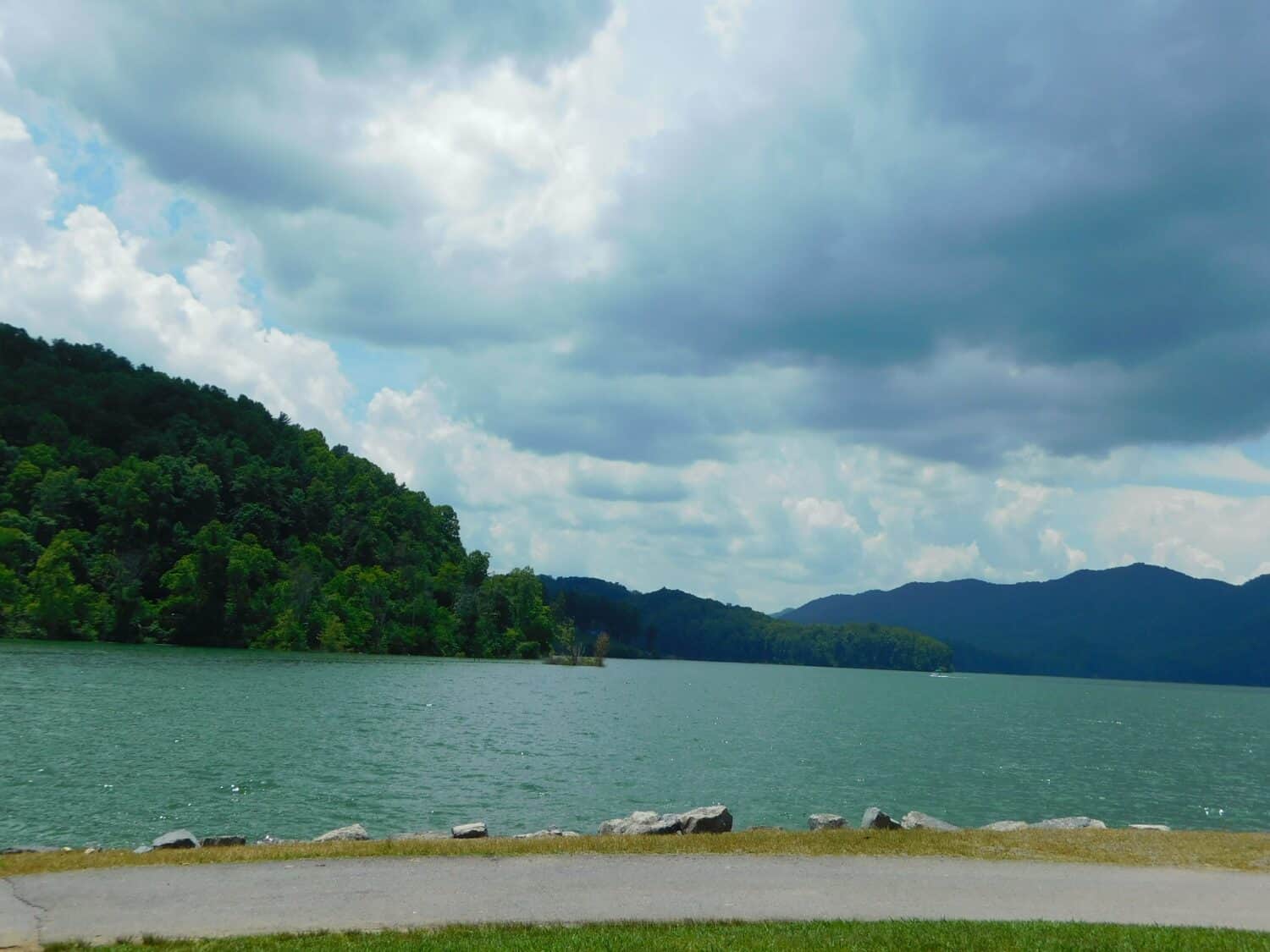
- Maximum Depth: 265 feet (81 meters)
- Surface Area: 6,430 acres
Texas – Lake Travis
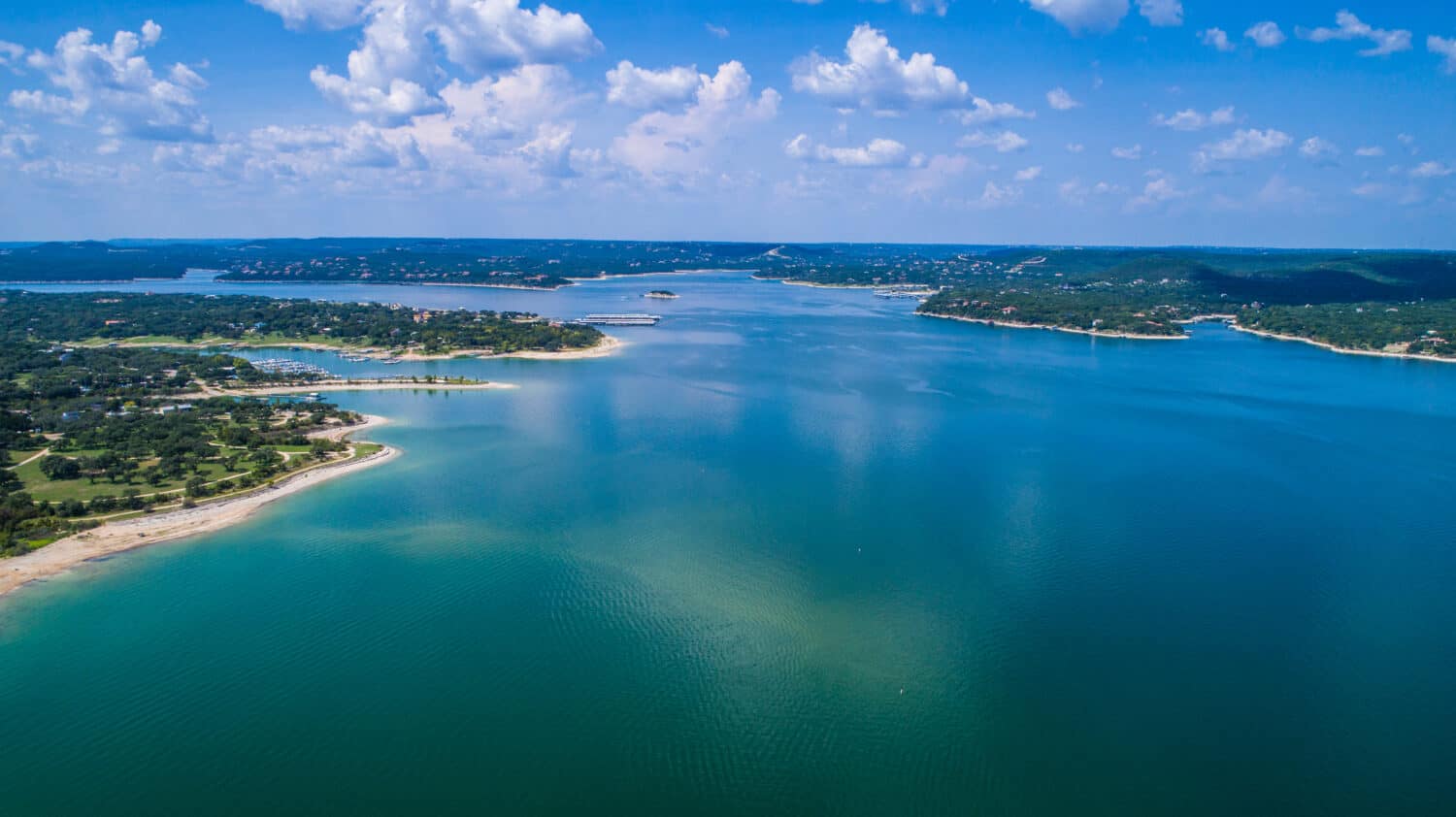
- Maximum Depth: 210 feet (64 meters)
- Surface Area: 18,930 acres
Utah – Bear Lake
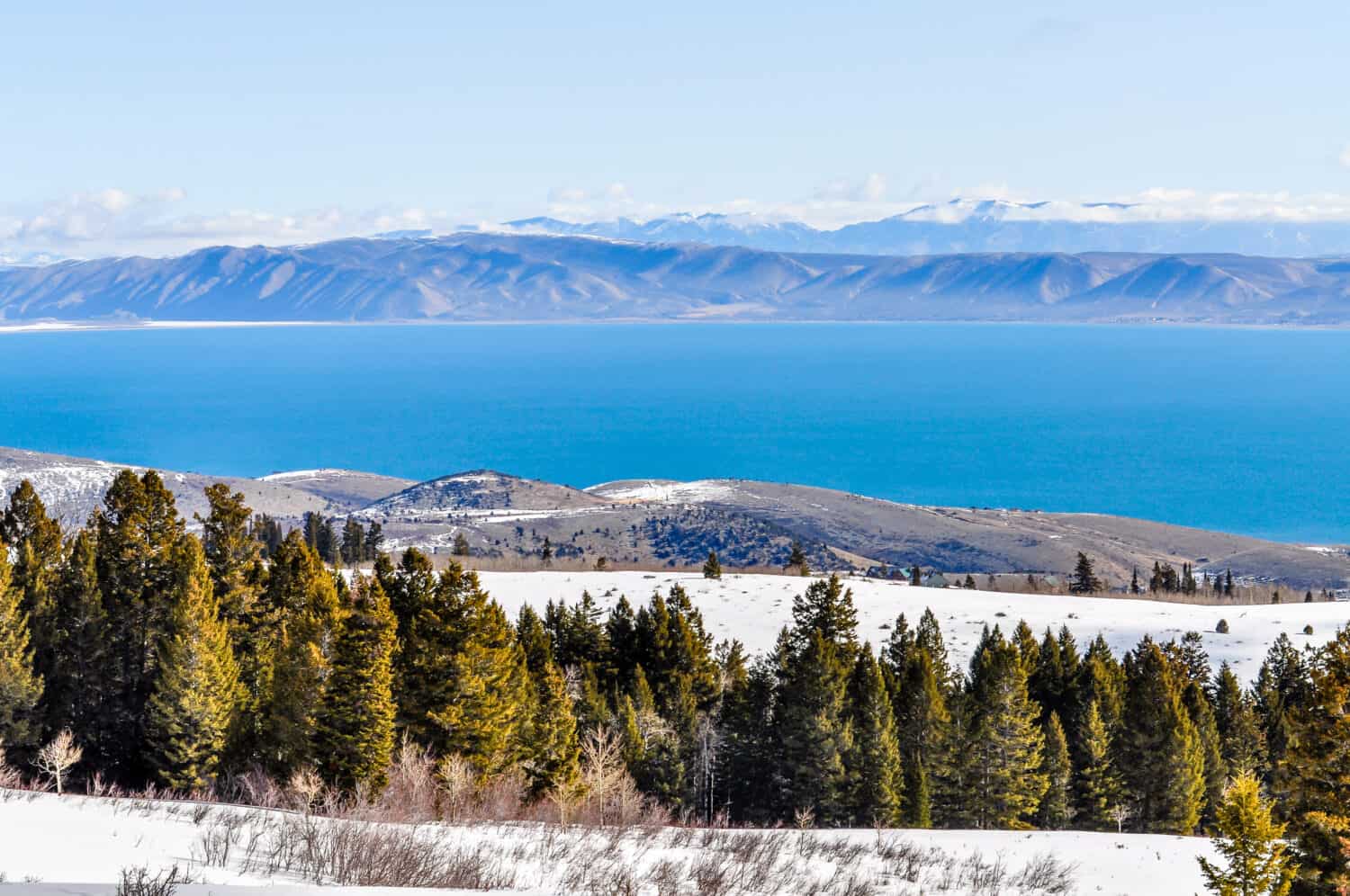
- Maximum Depth: 208 feet (63 meters)
- Surface Area: 69.760 acres
Vermont – Lake Willoughby
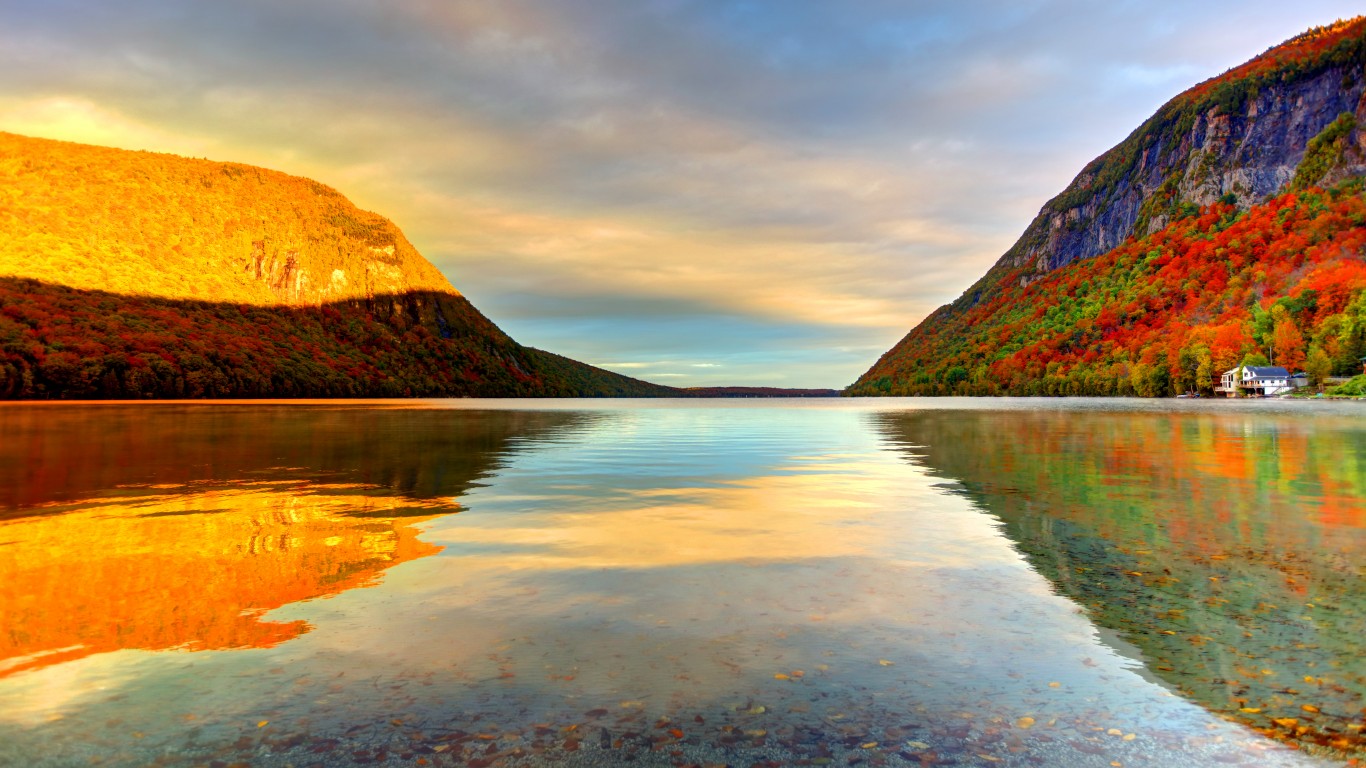
- Maximum Depth: 328 feet (100 meters)
- Surface Area: 1,687 acres
Virginia – Smith Mountain Lake

- Maximum Depth: 220 feet (67 meters)
- Surface Area: 20,480 acres
Washington – Lake Chelan

- Maximum Depth: 1,486 feet (453 meters)
- Surface Area: 33,280 acres
West Virginia – Summersville Lake

- Maximum Depth: 327 feet (99.5 meters)
- Surface Area: 2,700 acres
Wisconsin – Wazee Lake

- Maximum Depth: 355 feet (108 meters)
- Surface Area: 146 acres
Wyoming – Fremont Lake
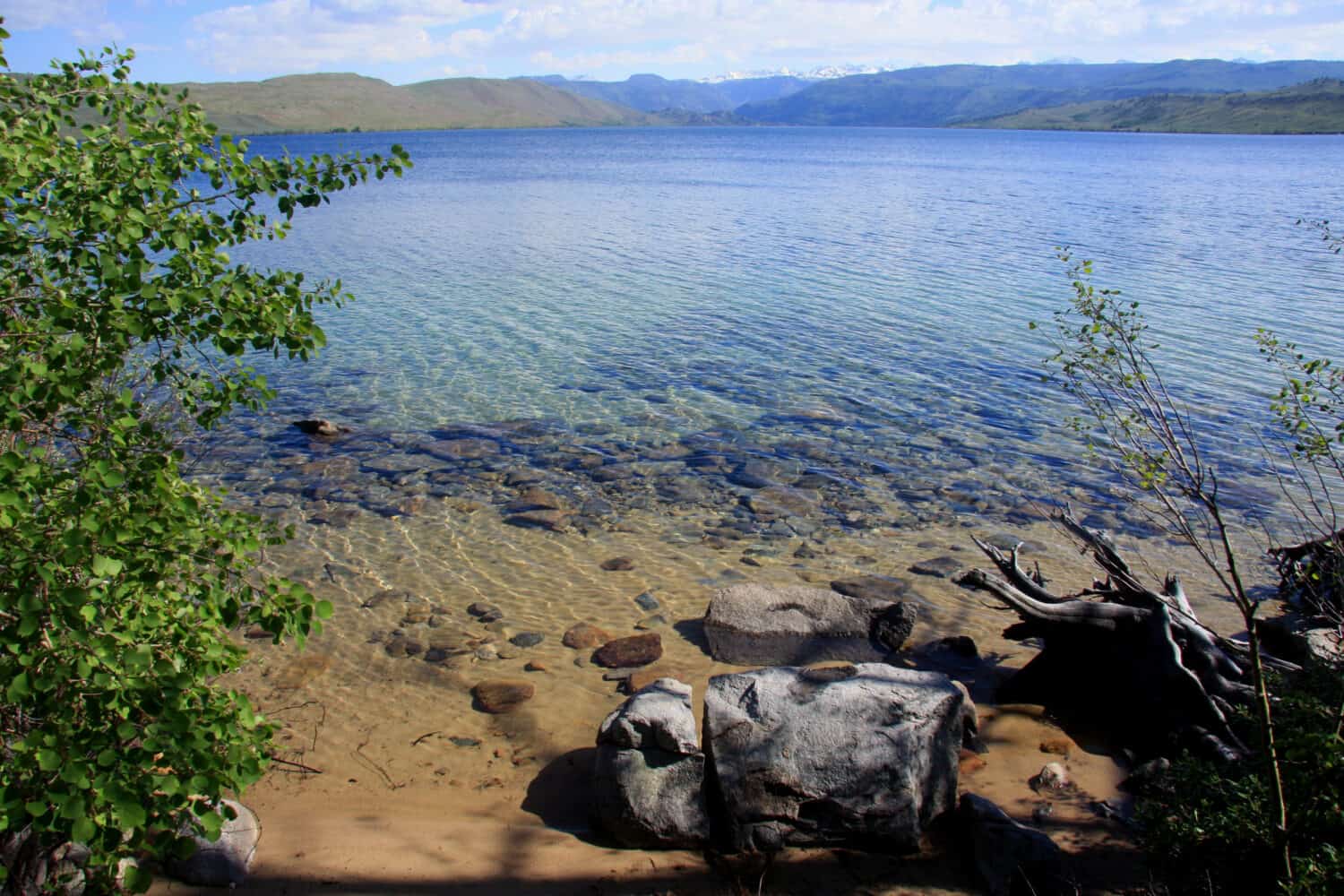
- Maximum Depth: 607 feet (185 meters)
- Surface Area: 5,050 acres
Get Ready To Retire (Sponsored)
Start by taking a quick retirement quiz from SmartAsset that will match you with up to 3 financial advisors that serve your area and beyond in 5 minutes, or less.
Each advisor has been vetted by SmartAsset and is held to a fiduciary standard to act in your best interests.
Here’s how it works:
1. Answer SmartAsset advisor match quiz
2. Review your pre-screened matches at your leisure. Check out the advisors’ profiles.
3. Speak with advisors at no cost to you. Have an introductory call on the phone or introduction in person and choose whom to work with in the future
Thank you for reading! Have some feedback for us?
Contact the 24/7 Wall St. editorial team.
